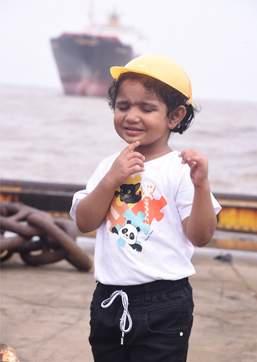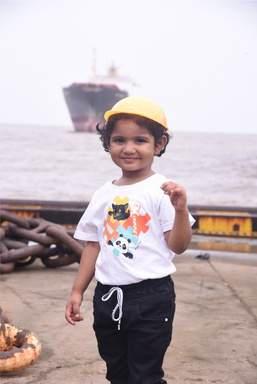










As we celebrate the World Maritime Day, it is an opportune moment to reflect on the incredible journey we have embarked upon, promoting diversity and empowering women in the maritime industry. At SHE of Change, our mission resonates deeply within the global maritime community, inspiring women from various nations to break barriers and lead with confidence.
This year, I had the privilege of connecting with extraordinary women across the globe, highlighting the expansive reach of the Maritime SheEO community. While attending an event in Panama, I was delighted to meet a passionate maritime professional from Ecuador from our community.
Later, in Busan, Korea, I encountered another member of our vibrant community. These experiences reaffirm the realisation that we are part of a global network united by our commitment to driving change and fostering inclusivity in the maritime sector.
One of the cornerstone initiatives of our organization is the Leadership Program or LEAP This program emphasises the significance of personal branding for women in maritime. In today's competitive environment, standing out is crucial, and personal branding serves as a powerful tool for establishing credibility and influence During our workshop, we explored strategies to cultivate a compelling personal narrative, network effectively, and project confidence in our professional endeavors.

I'm particularly proud to share a heartwarming story from this initiative a month after the workshop, a participant reached out to me when I visited Sweden She expressed immense gratitude for the insights and guidance offered during our session, highlighting how our discussions had a profound impact on her career trajectory Hearing stories like hers instills in us a sense of purpose and motivates us to continue our mission of empowering women in the maritime sector.
As we celebrate this special edition, let us recognise the strides we have made and the challenges that lie ahead. Together, we can create a maritime industry that not only values diversity but embodies it. We stand united as SheEOs , ready to inspire future generations and redefine what it means to lead in our field.
Regards,
Sanjam Sahi Gupta


We take this opportunity to wish a very happy World Maritime Day to all of our readers. This edition of the magazine will be released on 26th September in commemoration of World Maritime Day.
Our cover page portrays Caitlin Hardy, the MD and founder of Ness Sea, a consulting business that connects the technology and maritime industries. In the interview with Caitlin she talks about her incredible growth and journey within the maritime industry. A must-read without a doubt.
Also included in this issue are various writeups / stories on remarkable, resilient women who work in the shipping industry. These women have persevered in their dedication and expertise, accomplishing remarkable success in their maritime careers, both at sea and on the shore.
Curator of the regular column “Pilot Diaries” Jeanine Drummond shares her own motivating and inspirational story of her career in the maritime industry. Unquestionably worth reading,
The magazine also covers some very informative articles on carbonization and biofouling. In addition, we have included two poems showcasing viewpoints from the poets' imaginations as well as the amazing winning images from the Photo competition that encapsulate the essence of women in leadership roles at sea
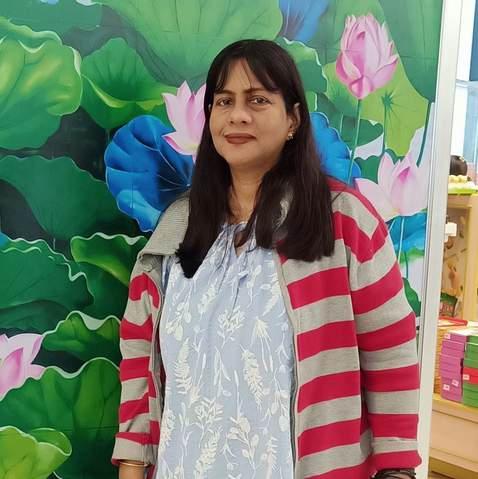
You're probably going to notice other interesting and instructive articles that are also published.
On this World Maritime Day, I would like to take the opportunity to honour all seafarers and professionals who work in the maritime industry and make a positive impact on the world. Your bravery, perseverance, and contribution are what sustain the shipping industry's growth
Sincerely,
Loretta Fernandes



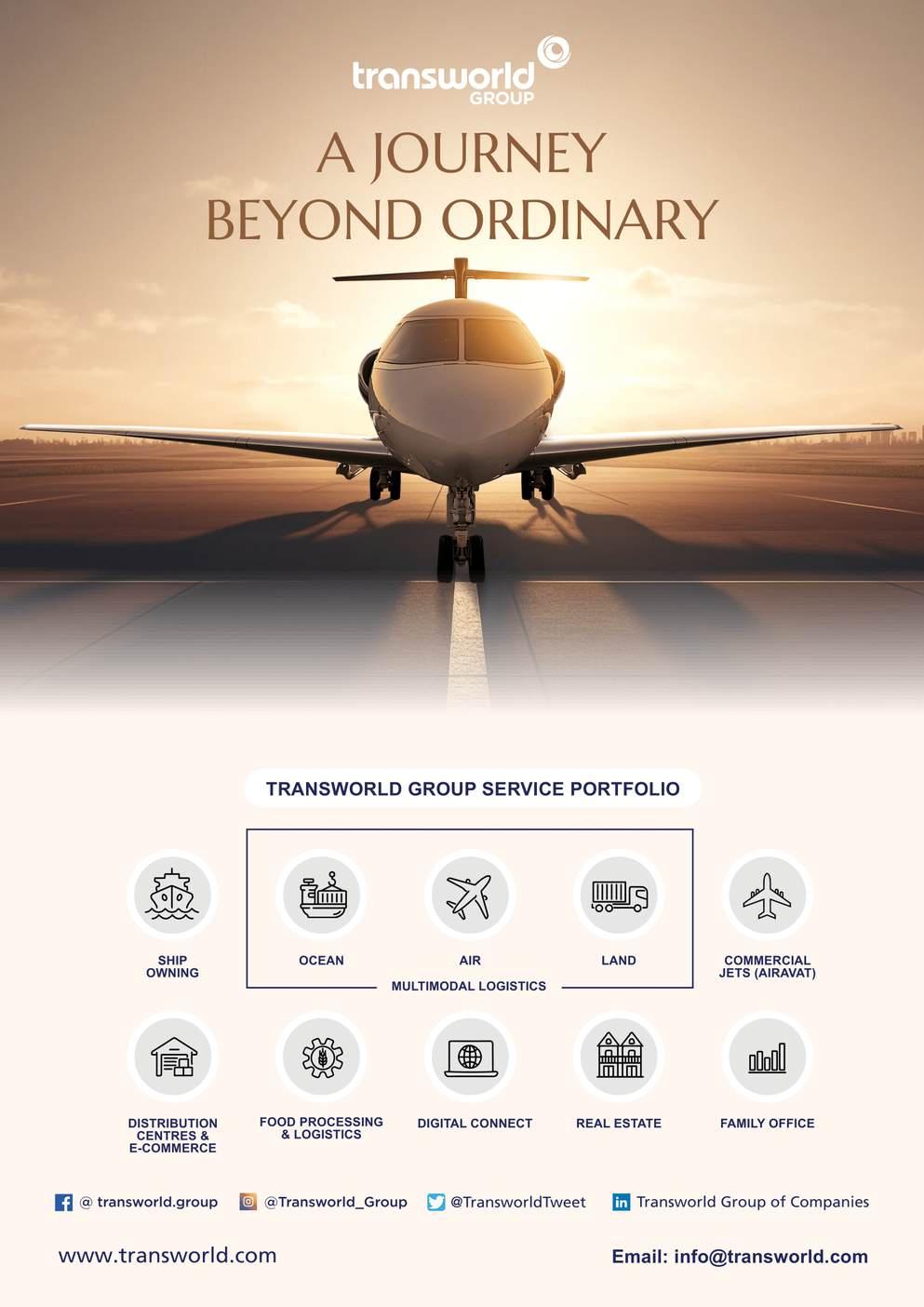


Magaly Martinez Aparicio
Magaly Martinez Aparicio is Colombia's first naval engineer and currently serves as the Director of Engineering and Innovation at BUZCA S.A. She is proudly a mother and grandmother to two adventurous and curious grandchildren.
Her passion for leaving an intangible legacy for future professionals in her field, as well as for preserving the heritage of future generations, has driven her to lead and create projects that have been recognized for their innovation and contributions to sustainability.
As a pioneer and advocate for the development of women in the maritime sector, she is currently a member of WISTA Colombia. According to her vision, she is the first of many women in her country who are passionate about maritime engineering.
After more than 35 years of experience in the field of naval engineering, what are the key factors that have allowed you not only to practice your profession but also to extend its impact nationally through innovation?
The key factors that have allowed and continue to allow me to innovate include the privilege of observing, learning from, and marveling at nature its processes and the way it continuously perfects itself each day.
Another major factor is when circumstances challenge me, especially when I am told that something cannot be done or is impossible; breaking myths and paradigms has been crucial. My driving force has been the encouragement from my parents, who taught me that where

there’s a will, there’s a way. The amazed looks on my children’s faces when I share my professional adventures, and now my grandchildren’s belief that I can do anything, have also motivated me. Additionally, encountering positive people and companies like BUZCA S.A. that have trusted me and my ideas has been essential.

One of the biggest challenges in the maritime and port industry is decarbonization and emission reduction. How have you incorporated this important trend into your professional practice and the projects you lead? This topic is a passion of mine; it inspires me. A few years ago, I designed and built a laboratory vessel for studying biodiversity— both flora and fauna in the Gulf of Urabá for CORPOURABA. This naval artifact was self-sustaining with solar and wind energy and utilized rainwater, processed through purification plants also powered by solar energy.
Currently, with the support of the Board and owners of BUZCA S.A., I am developing a prototype design for a zerocarbon offshore vessel
Last year, I was recognized and awarded by the Cartagena Chamber of Commerce for a zerocarbon vessel design intended for cleaning the Bay of Cartagena.
This design is now in the patent process.
Magaly, as a leader in maritime, you have been involved in various initiatives that promote the economic and maritime development of the country. Can you share more about these initiatives?
I have had the privilege of actively supporting and achieving the inclusion of merchant officers and SENA trainees in

the crews of BUZCA S.A. ships. Today, the company’s DPA (Designated Person Ashore) is a merchant officer whom I recruited and gave the opportunity to start her professional development.
I have also advocated for and successfully included women as deck officers, engineers, and even as civilian personnel in offshore activities like welding. The support from the BUZCA S.A. Board and management has been invaluable and a great boost for making this possible. I have learned that BUZCA S.A.’s inclusive attitude has been emulated by other maritime companies, which fills me with great satisfaction and, dare I say, pride.
Challenges energize me, as they provide the drive to solve the problems that arise in my daily work, which I have always seen as a form of enjoyment rather than mere labor. I delight in knowing that what my mind conceives, I can make real and tangible



Finally, what advice or recommendations would you give to women and young people currently entering predominantly male-dominated sectors for a successful and fulfilling career?
Today, women have the opportunity to develop extensively. Many myths, taboos, and societal absurdities have been broken by pioneers who have surmounted these barriers. Now, it is about nurturing and flourishing these "plantings," perfecting them while maintaining one’s essence as a woman our femininity, which includes the natural characteristics and values bestowed upon us by nature.
Women are the complement of men under equal conditions. Young women have a significant responsibility to maintain their presence and strength without losing their femininity, showing men that we are not their competitors but their equals, crucial for humanity’s growth. We are here to grow together, and the gender equation should reflect equality.
If you had to give a title for this remarkable journey in naval/maritime engineering, what would it be?
It would be a 3D sign with dazzling, bold colors that reads, “SAILING FREELY IN MY GREAT OCEAN OF LIFE.”
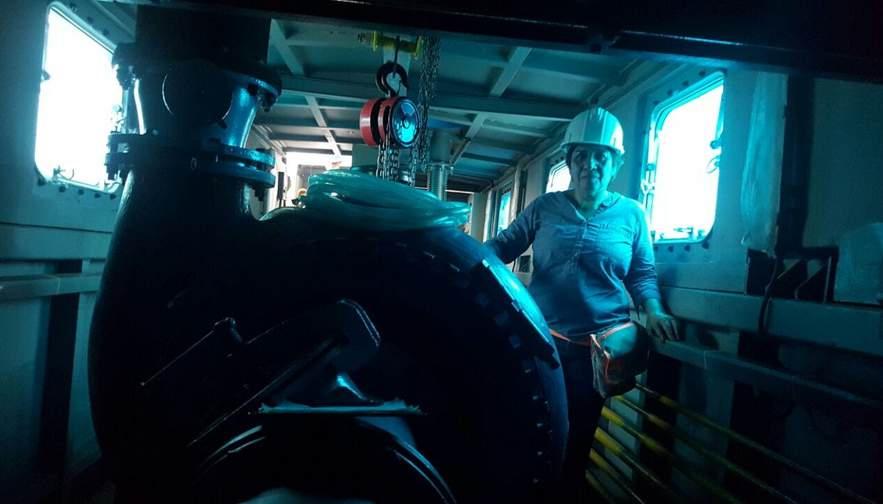
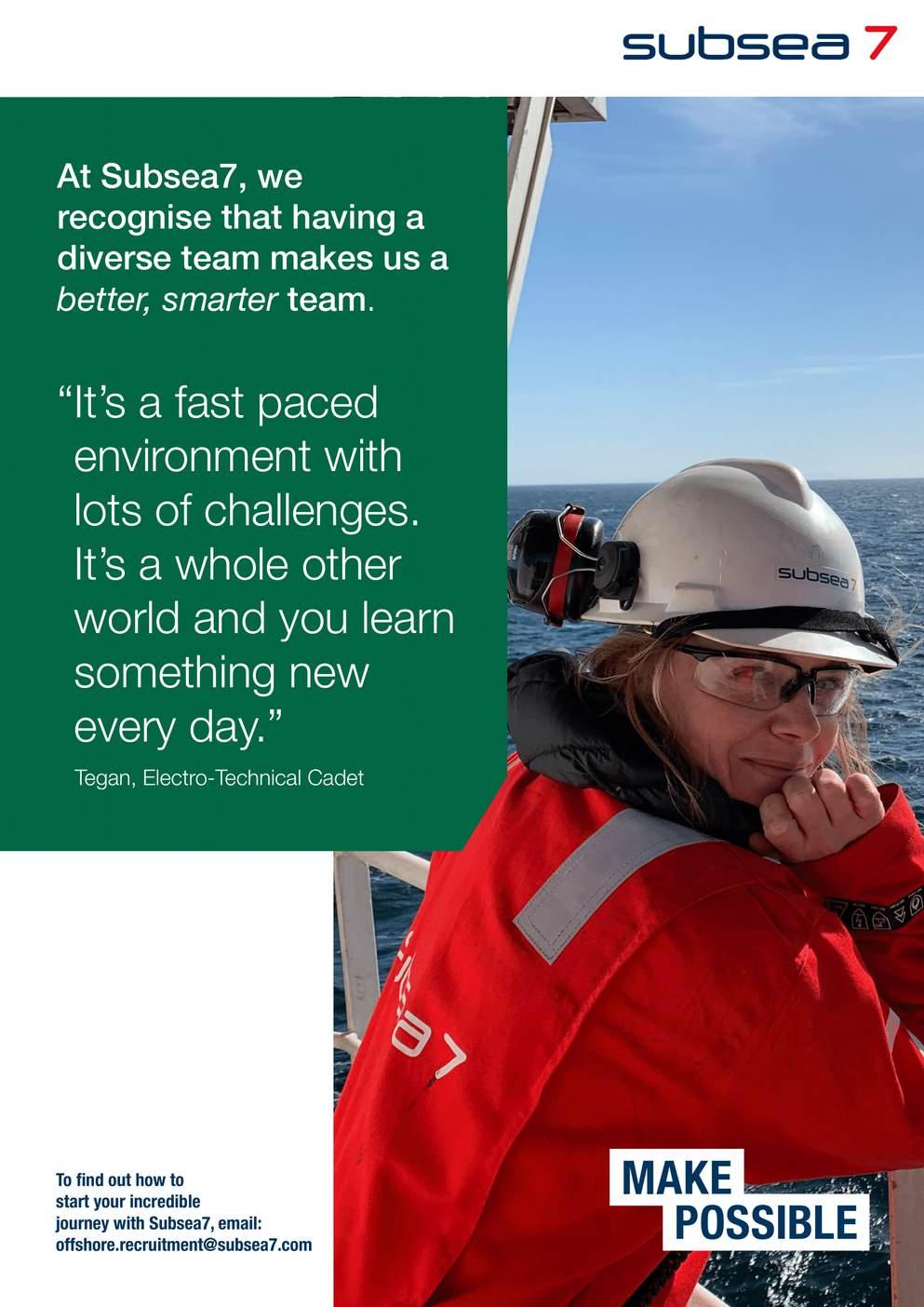


Nivedita Hosanee Managing Director, Hecate Shipping Consultancy Co Ltd
Can you share a bit about your early life and what inspired you to pursue a career in the maritime industry?
It all started in 1997, when, freshly graduated from the University of Mauritius and with my Bachelor of Laws (LL.B.) in hand, I started my vocational course to become a barrister, while at the same time taking up a job in the public sector as Assistant Superintendent of Shipping.
I must admit that after the very first day, I wanted to quit, as I had not been informed prior to taking up the post that the location was within the port area and quite remote from the city center. In 1997 I was the first woman to take up such a job in port and being in a male-dominated world was very challenging.
But I took up the challenge and gradually learned to overcome difficulties like handling seafarers’ disputes (and fights) conducting inspections aboard vessels, addressing the grievances of irritable ship owners, and countering the chauvinistic attitudes exhibited by my superiors.
I, who could not distinguish portside from starboard side of a ship on the first day,
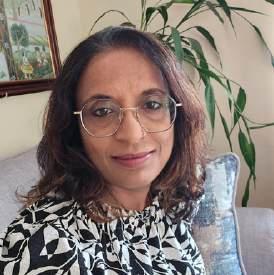
learned to swap my heels for safety shoes, to adapt my tone and words to the situation
I began to like the sector as it was a combination of administrative, legal and also had onboard duties where I could give the best of myself and also get the chance to learn the ins and outs of a very particular and closed sector.
What is working in the maritime industry in Mauritius like?
As mentioned, very difficult at the beginning due to it being a maledominated sector at that time. Even my superiors were ex captains or people

having worked for a long time in the port area, such that their attitude and language were not always what a law graduate having done internships with corporate lawyers was expecting.
But I learned to set my foot down through my dedication and perseverance and I was eventually acknowledged.
I spent 25 years working within the Ministry responsible for shipping and retired as Registrar of Ships.
I have been involved in the development of the legal maritime framework, domesticating international maritime conventions, performing flag state inspections, supervising the living and working conditions of seafarers on board Mauritius ships, handling cases of abandonment of ships and seafarers, handling the drawing up of maritime claims in the oil spill caused by MV Wakashio
With more than 25 years in maritime, what have been some of the most significant milestones in your career? The one thing that I consider my best achievement is the relationship that I have been able to build with the various stakeholders of the sector, from the trainee cadet to the CEO of shipping companies having fleets of vessels. I value each and every one of the relationships

because while serving them, I have also gained their trust.
Having been responsible for ship registration under the Mauritius Flag, I have put in place the procedural setup for a smooth and timely processing of requests and queries from the shipping actors. This includes a streamlined process for registration of ships, putting in place the necessary legal framework to enhance Mauritius's reputation as a distinguished flag state.
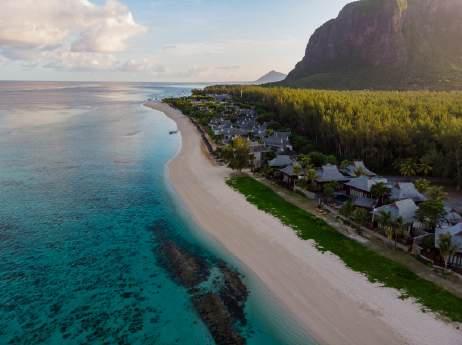
You have an impressive array of qualifications, including degrees in International Maritime Law and an Executive MBA. How have these educational experiences shaped your professional journey?
I have strived to keep myself always abreast with the ever evolving shipping world and although having a legal educational background, I also understood that I needed to enhance this knowledge with business acumen to get a better grasp of the sector. Consequently, as I acquired knowledge, my

understanding of the industry expanded significantly having achieved the top of my career in the Government sector,
I sought to apply this wealth of experience in a practical setting, leading me to retire and transition into the private sector.
How did the fellowship with the United Nations Nippon Foundation influence your career path and your understanding of maritime law and ocean affairs?
As a UN NIPPON DOALOS fellow, I am thankful to have had the opportunity to work within the UN system and also undertake research in international maritime law under the supervision of a very reputable judge of the ITLOS, namely Judge Tullio Treves
This experience has made it possible for me to widen my connection and network with the international maritime community and think of expanding my prospects outside the borders of Mauritius.
As the Managing Director of Hecate Shipping Consultancy Co. Ltd, what are your primary goals and visions for the company?
Since I joined the private sector in September 2022, I have been lucky to have been immediately involved in technical ship management, including, tankers, bunker barges, cement carriers, dredgers and fishing vessels.
From this experience I have set up an ISM Company and Hecate Shipping

Consultancy Co. Ltd is now offering services for technical ship management and MLC certification for crew management.
Mauritius has in place a very businessfriendly administrative, legal and fiscal framework in place to attract shipping business, including ship registration and ship management to be undertaken through the use of our jurisdiction.
My aspiration is to ensure that Hecate Shipping Consultancy Co Ltd becomes the driver of the development of this business segment which has so far remained untapped.
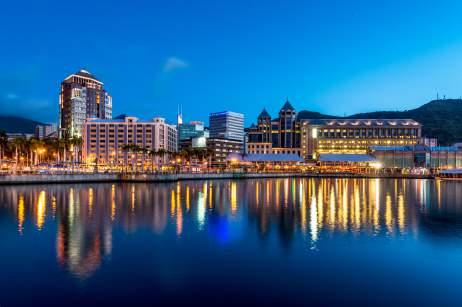
What does the future of maritime safety, security and prevention of pollution look like?
The BBNJ Agreement, alongside the International Maritime Organization's (IMO) initiatives aimed at achieving netzero greenhouse gas emissions, underscores the ongoing updates to the Safety of Life at Sea (SOLAS) and the International Convention for the

Prevention of Pollution from Ships (MARPOL), in addition to other significant IMO conventions, all of which are designed to improve maritime safety, security, and the mitigation of marine pollution.
Hence, I am of the opinion, that Flag States need to start rethinking their registration policies. Flag States need to be proactive and start adapting to the future IMO and UN policies for ship operations and the use of the oceans, otherwise we will continue to have sub-standard ships plying our oceans.
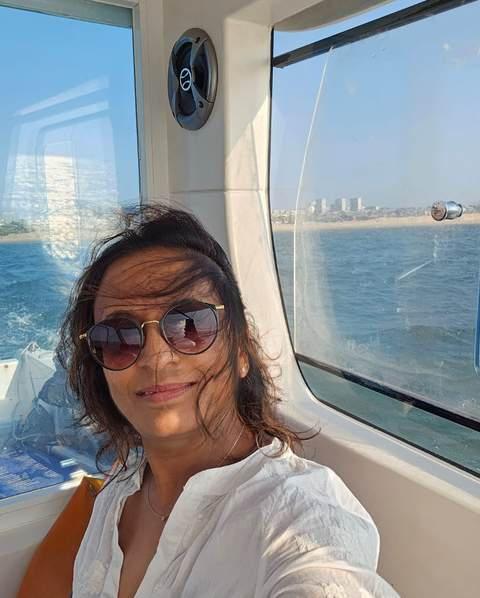

How has your leadership evolved over the years, particularly in your roles as CEO and Managing Director?
Having been immersed in the maritime world for a couple of decades now, I have seen myself having to become stronger throughout the years to meet many challenges.
This inner strength has shaped my way of leading as I have had to learn to handle tricky situations involving safety and security aspects, as well as human distress (with cases of abandonment of seafarers) on my own. Decisions had sometimes to be taken on the spot.
I have chosen to share knowledge and experience with my juniors, to empower them while also being present to accompany them in their learning curve.
How do you see the role of women in the maritime evolving?
I am happy to see that in Mauritius more and more women are joining the industry and more important, are assuming top management roles. Women have an important role to play in the decision making process as the feminine touch and way of thinking very often bring the right twist to initiatives.
What do you believe is the first step that women in maritime, especially in Africa, should do to level up in their careers?
Women should first and foremost be bold and affirm themselves. As professionals, we need to think and act as such.



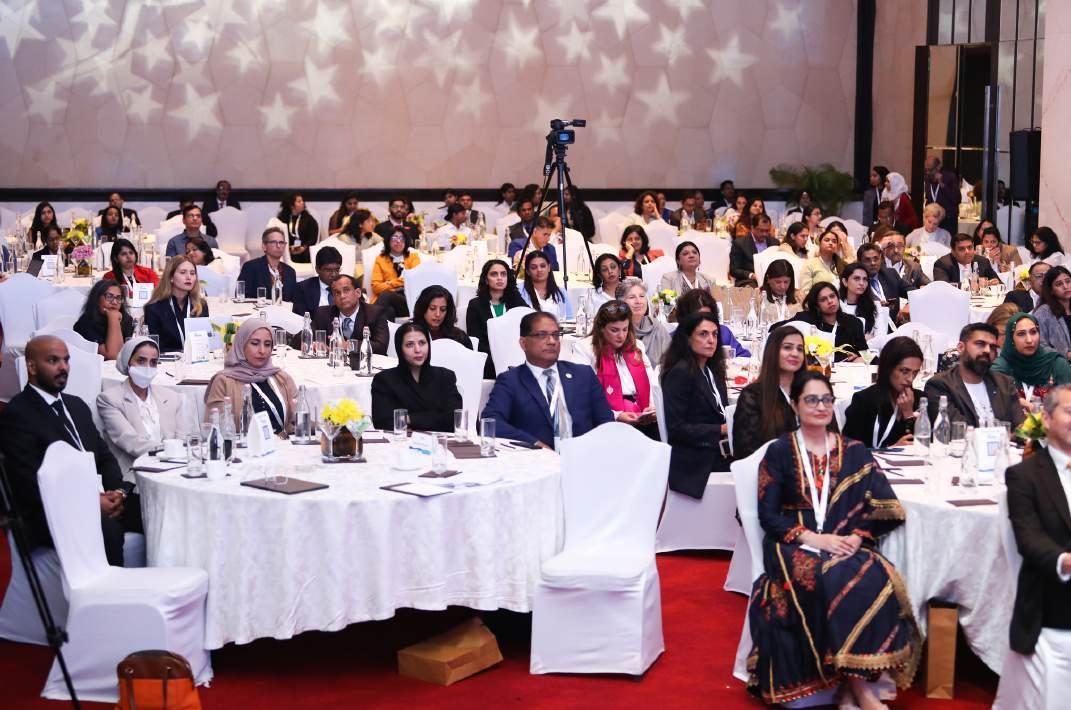

On November 15, 2024, leaders, innovators, and visionaries will converge at the illustrious Taj for a transformative full-day event, Maritime SheEO Conference 2024. This conference coincides with Gurunanak Jayanti and is themed around leadership excellence.
Building upon the success of last year, we are proud to announce a conference that promises to be even better, packed with insightful sessions, esteemed speakers, and ample opportunities for networking and growth.
At the helm of our conference lies a powerful theme: leadership. In today's dynamic maritime landscape, effective leadership is not just about guiding teams but inspiring change and driving innovation.


We are delighted to announce that distinguished professionals will be speaking at the conference
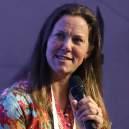

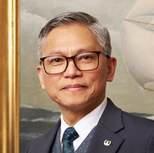
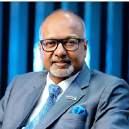



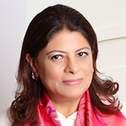
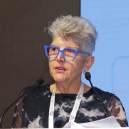


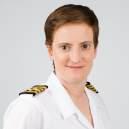
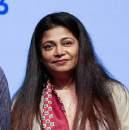





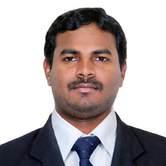




Aishwarya Gupta Pilankar Director at Nautical Marine Management Services


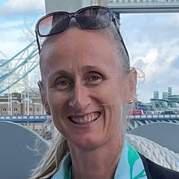

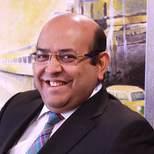
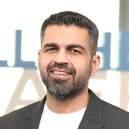
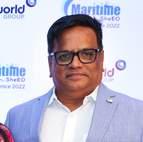
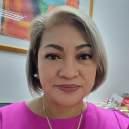
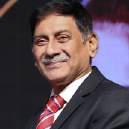


One of the highlights of our conference is the exclusive networking breaks where you get to interact with peers from across the world. These are designed to facilitate meaningful interactions and collaborations.
Many past attendees have formed lasting partnerships and advanced their careers through our networking events This year, you could be next!


Capture memorable moments at our fun photobooth set up once again by Transworld. Located in the main hall, just before you open the doors to the conference hall, it’s a perfect spot to snap photos with colleagues and new friends Pictured here are some moments from last year!
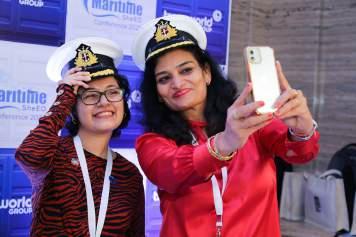
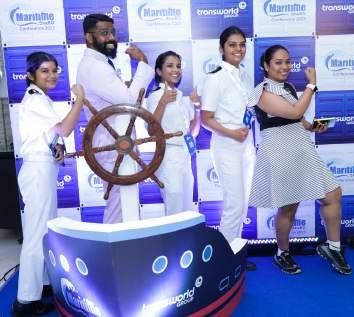
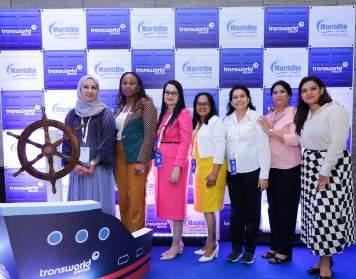
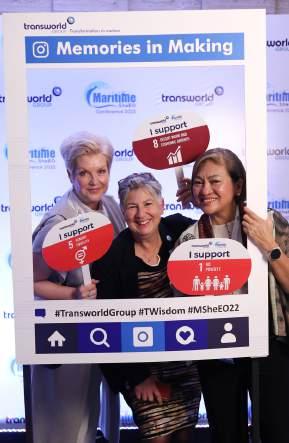
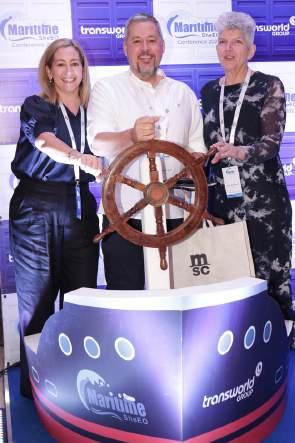
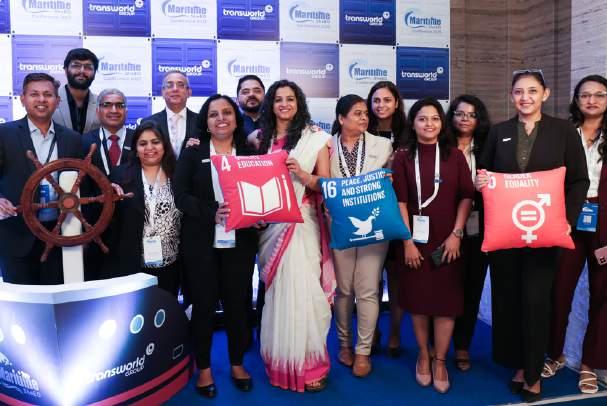
More Booths Available!
We have space for 1-2 more companies to showcase their innovations. Interested in highlighting your brand? Contact us for more information on exhibiting opportunities.



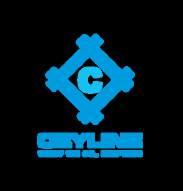

































In your pass, you will have access to:
Access to the entire event
Be amongst the C Suite; top management of shipping ports and all verticals in maritime
Attend panel discussions on important topics with high profile speakers
Watch virtual sessions from change makers in the Maritime industry
Special networking hours where you could interact with the Who's Who of Maritime Meet companies who have partnered with us and are advocates of diversity
Celebrate with companies and change makers who receive our coveted award for various categories
Added Bonus!
Attending would show your dedication to diversity and sustainability. You attend a conference that aims to be carbon neutral
Photo opportunities with international and senior delegates
An interview booth where you can share your opinions! (Subject to our discretion)
Attend our full-day conference and get all the perks mentioned above.
INR 11,000 + GST
Attend our full-day conference and get all the perks mentioned. Receive a discount of INR 3,000 per person.
INR 8,000 + GST per person
Discount available to the following members:
Maritime SheEO Community Members – 25%
WISTA Members – 15%
The Society for Gas as a Marine Fuel Members - 10% off Indian National Shipowner's Association (INSA) Members - 10% off Institute of Chartered Shipbrokers (Mumbai Branch) Members - 10% off (Association heads can write to us to avail this discount for their members) Multiple Association Discounts cannot be clubbed together
If you’re unable to make it to India for the conference, no worries! This year, we are live streaming it too! Click on this box to take you to our conference streaming page.




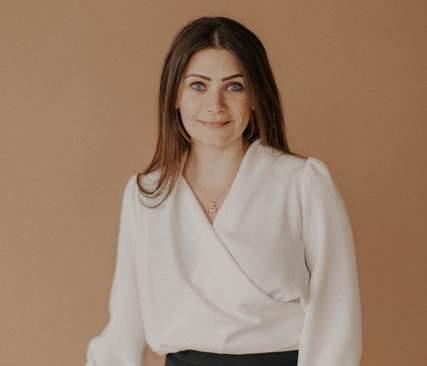
Hi Caitlin! Please share your career path with our readers, how did you get into the maritime industry and how has your journey been so far? It's kind of funny to look back on. I don't think I realized how close I was to the maritime industry growing up, but it was always on the periphery. My dad was a small business owner selling marine electronics in the late 80s/early 90s to commercial fishing vessels and yachts, and from the time I was a toddler, I'd go to
boat shows with him.
I grew up on an island in the Pacific Northwest that was accessible only by boat or small plane, so riding ferries and taking small boats was just a normal part of life. I was fortunate to grow up in a place with a strong community sailing program to learn to sail and later race –that was the butterfly effect moment, that first sailing class in prams on a local pond.

I fell in love with sailing after that; it has been an important part of my life ever since
In college, I studied naval architecture at the US Naval Academy. After the Navy, I felt so fortunate to return to the Pacific Northwest and join Crowley to work for their naval architecture firm.
My time there was a world-class education in learning what it means to be a naval architect across multiple shipping verticals, as well as the impact of design on mariners.
Crowley was a great mix of exposure to external projects and internal work, where we were frequently out on the company's vessels
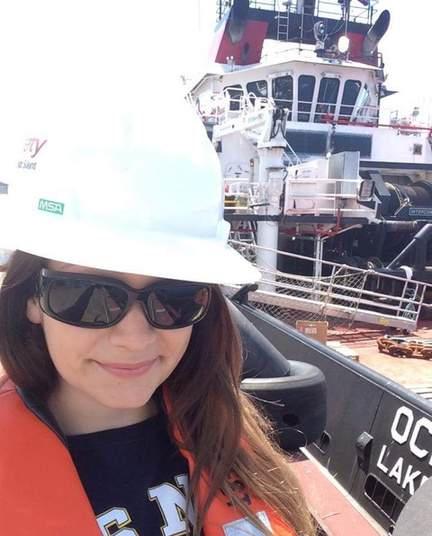

As I progressed in my career, I moved from engineering to project management, working on everything from new vessel construction to special projects. I’ve always enjoyed being in the field and talking to operators and other engineers, so spending time in shipyards was a great fit. My career has progressed from the hawsepipe up in a technical sense, from looking at how a single vessel comes together to a class of identical vessels to operating a fleet of varying classes.
I was increasingly supporting the C-suite and had returned to school to get my MBA in an evening program at the University of Washington. While we did not have formal tracks in our program, I heavily focused on any elective I could, either in entrepreneurship or venture capital
The transition from working for a large, publicly traded cruise company in fleet operations to a small Series A startup in maritime digitization wasn't as shocking as you might expect.
Looking for what was familiar helped me to develop a roadmap to stretch my legs and be more creative. Pattern recognition has been critical, especially in the last few years of my career.
Before launching Ness Sea this summer, I was at Kongsberg Discovery and was the President of the US company. My time at Kongsberg took something from every role I've done to be successful. It's not lost on me that when people look at my resume or LinkedIn, they see I have worked for several companies.

From a traditional maritime industry view, some may perceive that as a negative, but it has given me an incredibly diverse view of the industry. I don't believe I would have felt ready for the role at Kongsberg if I hadn't had the breadth of experience to support different frames of thinking and growing.

In my time at Kongsberg, I'm proud of the contracts we won in the underwater space, not just in the areas where we traditionally held market share, like underwater mapping and fisheries sonars, but in the AUV/UUV (autonomous underwater vehicle) market.
But at the heart of that success was an incredible team that stemmed from a legacy of caring for the customer. The decision to leave Kongsberg was really hard – on one side, I was heartbroken to leave, but on the other, I was so excited about what the future holds.

What inspired you to start your own venture, Ness Sea?
My inspiration for Ness Sea took hold in grad school. Seattle is one of the top tech cities in the world, with Amazon, Microsoft, and Starbucks calling the area home, just to mention the shortlist.
However, the Pacific Northwest is also a major maritime center for many industry verticals. And for a long time (until COVID, I'll say), there was nearly zero overlap between the two. I think that the maritime industry has become a lot more open to new technology.
However, I still see a gap for companies that aren't historically from the maritime industry trying to navigate as a new entrant with some novel solution to help make the industry more efficient for the environment, safer for the crew onboard and those impacted by the areas where vessels travel, and of course, responsibly reducing operating expenses
I've worked in all sizes of organizations and see a lot of similar challenges with the opportunity to avoid reinventing the wheel if you bring in the right partners.
Can you tell us about the mission and vision behind Ness Sea?
The mission behind Ness Sea is fairly simple. Ness is my family name, so Ness Sea was a fun way to incorporate my family heritage and Norwegian roots.
As I was thinking about the value proposition that Ness Sea provides to

companies and organizations (think of a Venn diagram with a maritime circle and a tech circle; we exist in the overlap), I kept coming back to the notion of helping companies through the hard things that they maybe haven't done before –essentially to "Navigate the elusive." I hope those challenges and opportunities aren't as hard to work through in this case as finding the Loch Ness monster (or Nessie, as my son calls her)!
To me, navigating the elusive means not reinventing the wheel as a business grows with a new product or as an established company looks to understand how to implement new technology.
Basically, our mission is to help companies see where unanticipated challenges or opportunities might be and successfully navigate those to become even stronger.
There are many incredible accelerator and incubator programs today, but once companies move onto the next growth phase, things can sometimes look more ambiguous about where to go. Maybe there's less buzz, things are feeling a little less shiny, and companies are trying to navigate how to dig in and just get it done. That's where we can help.
I don't think it matters the size of the company whether it's tech, maritime, healthcare, etc. I have yet to meet someone who feels they have the

resources they need in the day-to-day In the convergence of these industries, Ness Sea can help be a thought partner.
At the end of the day, my goal for Ness Sea is to support mission-driven work to help our planet for future generations from an environmental perspective and to support mission-driven work with technology solutions that help with the current global geopolitical challenges. For those of us who find ourselves in the maritime industry and choose to stay, it is because we strongly identify with the mission.
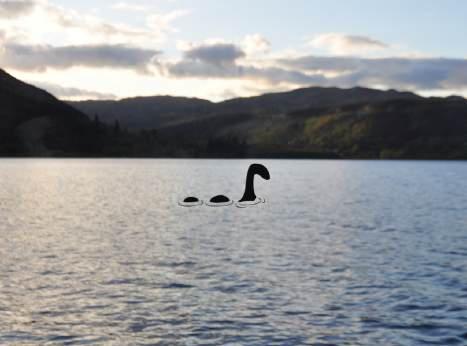
How do you see Ness Sea making a difference in the industry or community it serves?
It has been an exciting first month so far. I expected Ness Sea to make a difference on the product side, particularly around hardware and software.
But there's also a huge opportunity to coach and mentor, which I love and was honestly the piece I was most hesitant to leave my past role because when you go

from having a large team to moving towards being an individual contributor, that's a huge shift, and one of my biggest fears is that it would be lonely, but that hasn't been the case. (I suspect my husband is also relieved that he won't be the only person I'll talk to during my day.)
Today, I see three key pillars of Ness Sea. The first one I've already talked about is to help young companies that have novel high-tech solutions navigate the maritime and ocean economies.
This first pillar could mean helping plan the roadmap to an MVP (minimum viable product), understanding a company's existing technology and how it might translate to other applications that they haven't yet considered, and, of course, helping frame corporate sales strategy based on product market fit.
As I mentioned, executive coaching is also an area that I am excited about for Founders and their C-suite. As leaders, there are occasionally things that we can't share with our team at large. It can be lonely at the top, and having a thought partner to bounce ideas off or who has been there before can help make challenging times a bit more manageable.
Our second pillar is focused on helping international companies establish a presence in the United States, especially in selling to the US Government. While I believe there has been incredible movement in the ocean economy here in the US in the last decade, it has taken some convincing of my friends abroad.

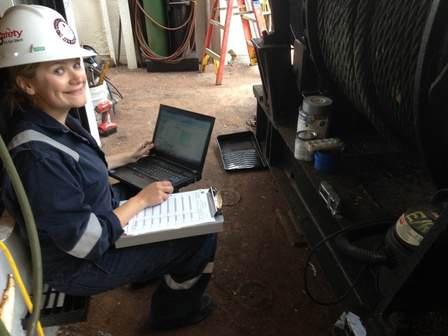
But today, when you look at the investments that the US has been making over the past few years with the IRA (Inflation Reduction Act), the White House's Ocean Climate Action Plan, and recently announced partnerships such as the ICE Pact, the Polar Partnership for icebreakers between the US, Canada, and Finland, it is a considerable step change and one to be taken seriously for the financial opportunity it carries and ability to make a positive impact. And the rest of the world is watching now.
The final pillar is more traditional strategic consulting for work products like feasibility studies for example, evaluating a geographical area's potential challenges and opportunities for zero-emission tugs and what a ramp-up plan to get there would require.
Many more operating companies in maritime today have innovation and tech teams. However, the world is changing so quickly in some areas that I still believe there is value in external support that is keeping a pulse on these types of trends.


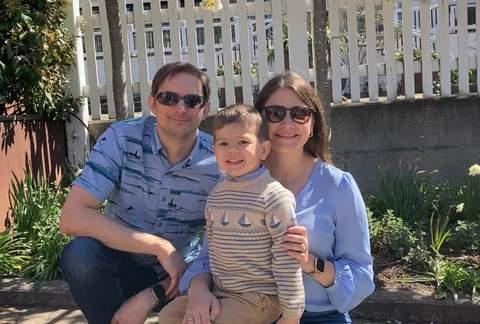
How does sustainability play a role in the core values of Ness Sea?
I've been fortunate to spend most of the summer in the San Juan Islands, where I grew up. The San Juan Islands are known globally for their pristine waters, beautiful coastlines, and the Southern Resident orca whales and is a place that has been heavily focused on the environment for decades, from trying to save the critically endangered orca whales to what the impacts of a possible oil spill from a passing ship would cause to the area.
I want to see it remain preserved for my son and the generations that follow.
From a high-level overview of why the Southern Residents are critically endangered, it comes down to insufficient food, noise from vessels, and pollution over decades from chemicals.
Meanwhile, most of the world's goods move by sea, and the waterways around the islands are critical for Vancouver, Canada, in particular. When I think about the legacy I want to leave for my son, Ness Sea offers expertise and is geared towards helping some of these issues locally and away from our home waters by being a connector and trusted translator.

I'm also interested in sustainability within the defense. If I drew a Venn diagram of what that looks like, most people would probably consider two discrete circles with no overlap.
However, in the US, the Department of Defense's footprint is a significant area in which to not just deploy new technology but also decarbonize. However, one of the challenges I am seeing right now is that some of the VCs working in sustainability are hesitant to touch anything that might be considered dual-use or supporting the military. This resistance to an overlap, too, is starting to shift with some of the startup darlings of the DoD, but it's a huge area of opportunity to improve sustainability.
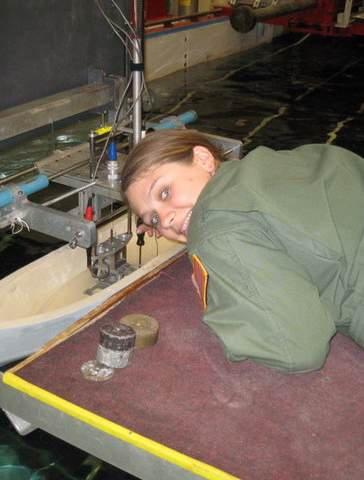

What advice would you impart to other budding entrepreneurs? Do you think there are any differences about being a woman founder? For startups in the US, less than 2% of VC funding goes to women founders. This number is atrocious. So yes, at face value, there are sadly a lot of differences. I don't consider Ness Sea a startup in the traditional sense of a tech startup.
But if you're a woman looking to start your own company, look for women VCs in your industry and community. Look for networking groups where you can build a sense of community as you work to launch and grow your company. Find those spaces where you have trusted translators who have been there. Never be afraid to ask a new contact, "Who else should I talk to?"
Trust your gut. Trust your gut. Trust your gut.
But the advice I'd give to new companies is that once you have your loose business plan, don't do anything else until you meet with at least a couple dozen people for feedback over coffee.
Once you launch your business, take the time in the beginning to do the less exciting bits of getting things squared away operationally and legally. You'll be glad you did later so that you're fully ready to run and don't have to panic as much when things start to move, and the systems you've built are there to support you.


If you're doing things right, your business will just get busier and busier. However, that alone isn't sustainable without hiring more people. Be protective of the time you carve out for yourself away from your business
My sailing coach from middle school and high school passed away recently, and he had shared two pieces of advice with me. The first he would tell me whenever he was pushing my dinghy off the dock for a race was, "Have fun!" The second was "Life's full of choices."
Typically, "Life's full of choices" came about when he invited me to race, and I'd have to decline because of a work trip or family obligation. But it's a constant reminder of how often we do get to choose.
As entrepreneurs, it is not a role anyone forces us to play. So, as we say on the water when we are racing, "Have fun and sail fast!"



Ivana Kulkarni Staff Captain at Expedition Cruise Vessels
My name is Ivana Kulkarni, I am a Staff Captain on board expedition cruise vessels. I come from Slovakia, a small, landlocked country in the middle of Europe, where I earned my bachelor's degree in mass media communication in 2009. I quickly realized that this was not the field I wanted to pursue in my career. In the same year, I decided to enter the maritime industry.
Since there are no maritime universities in Slovakia, I moved to Poland, learned the Polish language, and began my studies at the Maritime Academy in Gdynia.
My career started on small local ferries where I worked to accumulate the necessary sea time for obtaining an OOW CoC (Officer of the Watch Certificate of Competency) for the operational level. After a few months, I joined a 180-meterlong chemical/oil tanker in Panama to complete my cadetship.
As the only woman on board among 25 European and Filipino men, I experienced racism and faced harassment, bullying, and more. I endured two contracts before resigning from the company.
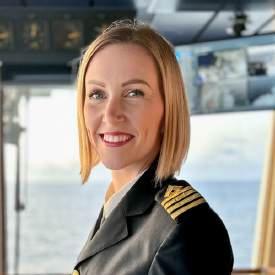
The promotional path was long and exhausting, and with my Junior Officer license, I no longer wanted to work on deck; my goal was to transition to the navigational bridge.
Unemployed, I embarked on a months’ long journey of applying to hundreds of companies, facing continuous rejection. One common reason for rejection was that cargo fleet owners were reluctant to hire women seafarers, citing disruptions caused by women among male crew members on board their ships
After months of frustration and disappointment, considering a new career in aviation, I was advised to apply to cruise

ship companies, a path I had not previously considered. With renewed dedication and motivation, I was finally accepted as a 3rd Officer on board the world's largest commercial tall ships with 5-star ratings.
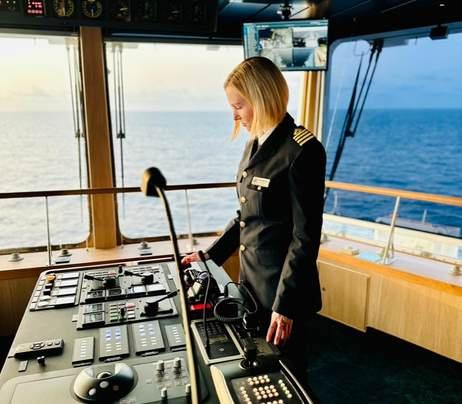
I entered the luxury cruise sector and progressed further, becoming a navigator on 6-star luxury boutique expedition ships.
As a second officer and single watchkeeper, I was fully responsible for the ship‘s day and night navigation, navigating in and out of polar areas. Operating as an expedition ship, we spent most of our time in the polar waters of the Arctic and Antarctica, where I was honing my skills as an experienced ice (polar) navigator for many years.
In 2015, during my first ice navigation experience, I had to learn on the spot as the Polar Code was not yet in force, and ice navigation training for officers was not mandatory.

I received coaching and training from senior officers and later became a coach and trainer myself In 2017, after the Polar Code came into force, I underwent extensive ice navigation training and successfully acquired Polar Code Basic and Advanced Certificates.
Over the years, I consistently enhanced my skills and knowledge in the field, engaging in numerous training sessions and courses offered by the companies I was employed with, and cultivating a deep passion for the maritime industry.
I progressed through the ranks and eventually attained the position of onboard senior management officer, earning the respect of both my male colleagues and the entire crew onboard.
For many years, I served as a ship's safety and environmental officer in charge of all ship environmental operations, safety familiarization for the new crew, and regular safety training and drills for the entire crew in compliance with international and company regulations
I was responsible for the maintenance of lifesaving and firefighting equipment onboard and the emergency organization. During the pandemic, when many seafarers were stranded at sea for months, I had the opportunity to transition to a shore-based permanent role. I joined a

young and dynamic team in the German city of Hamburg, becoming a part of a technical management startup project for a fleet of six modern expedition ships.
Besides a strong focus on environmental sustainability, the company highly promoted diversity and gender equality among all personnel, both onboard and ashore.
My role as a LPSQ (Loss Prevention, Safety, and Quality) Superintendent was focusing on building, and developing a company Safety Management System (SMS), merging two existing SMSes and having them adapted to an expedition operation, implementing safety, security and environmental procedures across the fleet and many more
Obtaining CSO (Company Security Officer) and ISM, ISPS, and MLC Internal Auditor Certification from DNV Academy brought me an opportunity to act as an internal auditor for our fleet and eventually became the fleet’s Deputy DPA (Designated Person Ashore).
This experience was invaluable however I strongly felt that my sea career was not fulfilled and completed, yet. Therefore, after the pandemic ended, I decided to return to sea due to my desire to accumulate the necessary sea time which would allow me to apply for an examination to obtain a Master Mariner Unlimited license.
I joined a well reputable cruise company and for the duration of the next two years,

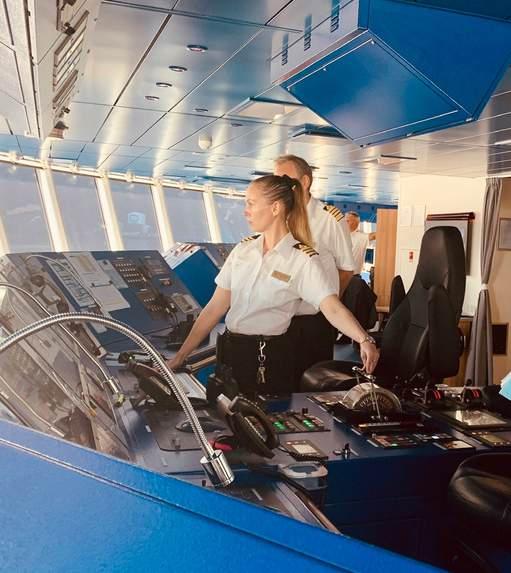
I served onboard one of the most advanced and modern expedition and classic cruise ships in the industry.
The new-build expedition ship was well equipped with the most modern technology on the market, dynamic positioning system, azipods, zodiacs, speed boats as well as two submarines
As the Chief Officer, my role involved overseeing the efficiency of technical operations aboard the vessel, ensuring that all activities conducted on board adhered to both international standards and the safety, security, and environmental regulations established by the company.


During this time, I have accumulated the necessary sea time and passed written and oral exams at the maritime office in Gdynia, Poland. I have earned my Master Mariner Unlimited license and became the first Slovak woman to achieve such success
Currently, I serve as a Staff Captain, being a part of the senior management and leadership onboard an expedition ship. I am the head of the deck department and I fulfill the role of the environmental officer, ship’s security officer, ship stability officer, interior and exterior maintenance officer, public health officer, pest control responsible officer and disciplinary officer onboard.
I have been based in Mumbai, India since I married my Indian husband, and recently I am on my journey of exploring the Indian culture, food and traditions, and India as a country.
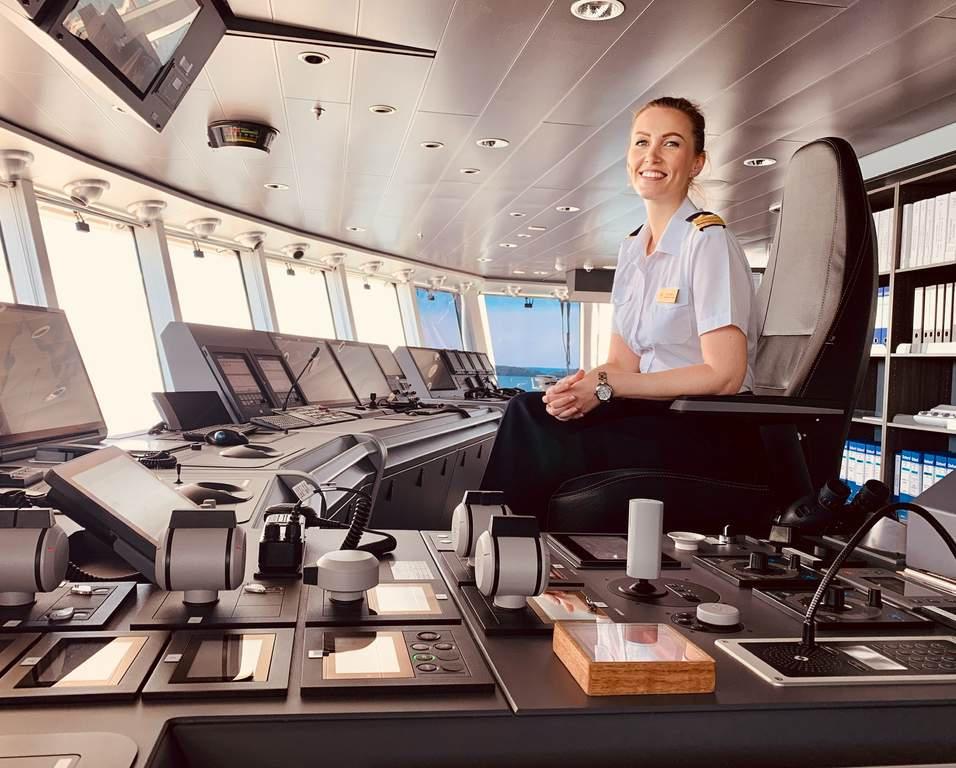


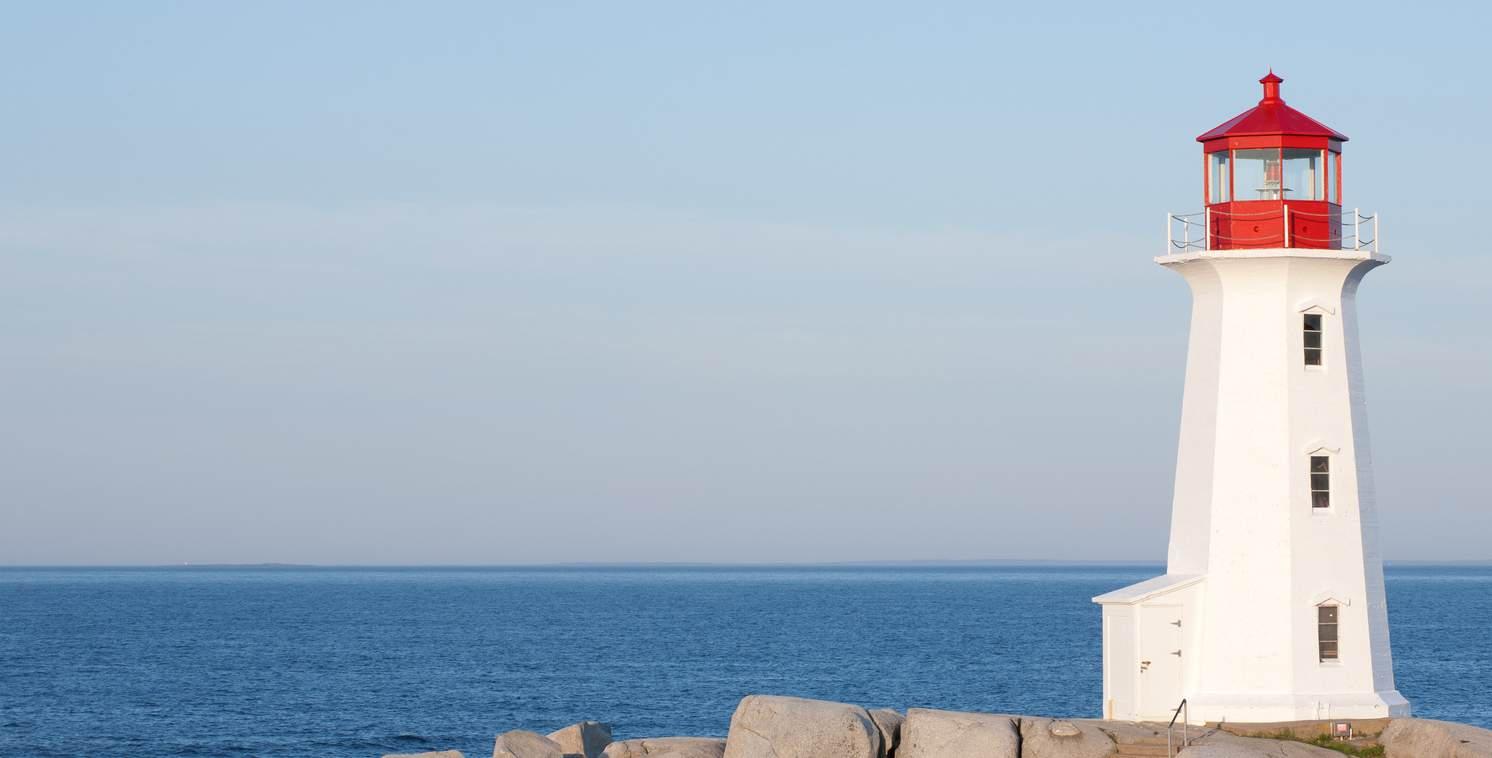

JEANINE DRUMMOND MANAGING DIRECTOR AND PRINCIPAL
MARINE ADVISOR AT INTEGRAL MARITIME, AUSTRALIA
In this account, Jeanine Drummond who has been a strong supporter of Maritime SheEO and has curated the Pilot Diaries series recounts her journey into the field of pilotage and her significant contributions to uniting women pilots globally on a single platform. This initiative not only facilitates the sharing of their professional experiences and challenges but also fosters connections among them. Let’s read on to know more about this.
Over the past few years, I have had the privilege of assisting to connect women marine pilots from around the world and bridging them with each other as well as the broader world of pilotage and international camaraderie. The group has grown organically from just 6 members to nearly 100, spanning over 20 countries.

We've hosted a diverse array of guest speakers—both men and women—who have covered a wide range of topics such as pilotage training, pilot ladder safety, personal protective equipment mentoring, health standards, pregnancy and even perimenopause.
Reflecting on the progress of today’s younger generation fills me with joy. When I began my maritime career 30 years ago, women in roles such as marine pilots, captains, senior officers, and bosuns were as rare as unicorns. My own career felt like a series of incremental steps, shaped by often limited perspectives.
On recent reflection that ‘you can’t be what you can’t see’ truly resonated with my experience. I am profoundly grateful for those men and women, mentors and leaders who believed in me and gave me the confidence to embrace new challenges.
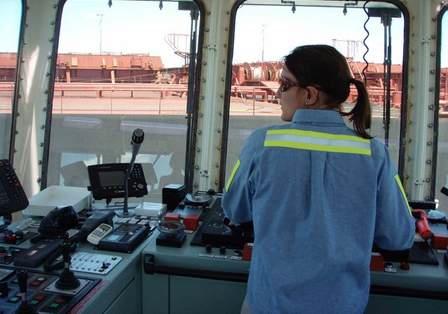

In the early stages of my career, I took cautious steps, gradually building confidence and seeking diverse opportunities to broaden my experience.
I aimed for shore-based roles, as suggested by the prevailing culture, where conversations rarely focused on me becoming a captain or pilot but rather on traditional expectations like when was I to marry and have family, or the everdeclining number of Australian registered ships that would cause lack of career progression.
It was only during my tenure as Captain on the Motor Tanker “Barrington” that I began to entertain the idea of pilotage as a career option, as marine pilots who boarded our vessels would start asking me if I was interested in a pilotage career.
The pivotal moment came when Captain Liz Datsun piloted us out of Gladstone, showing me that such a path was indeed possible. Possible, but like anyone trying to break into pilotage knows, it is challenging, and requires patience, and an interview!
So in the meantime, I found a role as a tug master instead, and that took my career on another whole trajectory, resulting in the very fulfilling work as Harbour Master and Pilotage Manager.
Today, I find great inspiration in the conversations with young women and men entering the maritime industry with ambitious career aspirations. It’s increasingly common to see a diverse

range of individuals in all maritime roles, which is crucial for creating a future maritime industry that appeals to young people. What attracted me to the industry as a youth is quite different from what draws the new generation today.
Recently, I spoke with young women from varied backgrounds who had discovered maritime careers by chance often starting as deckhands or on water taxis due to their love for the sea, but unaware of broader shipping and port opportunities.
Casual conversations and chance events often sparked their ambitions to become ship captains, harbor masters, and marine pilots.

However, despite some progress, it remains rare to find women aspiring to become marine engineers, with very few young women aiming to be Chief Engineers.
As I hand over the Maritime SheEO Pilot Diaries column, I hope to see more marine pilots of all genders continue to share their stories and serve as visible role models and mentors, for not just marine pilotage, but the maritime industry, that is all too often invisible to the wider community.
The visibility of diverse role models is vital for inspiring the next generation into maritime careers.
After all, you can’t be what you can’t see.
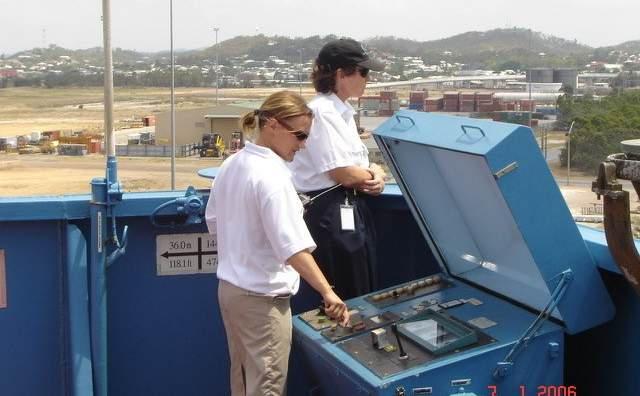


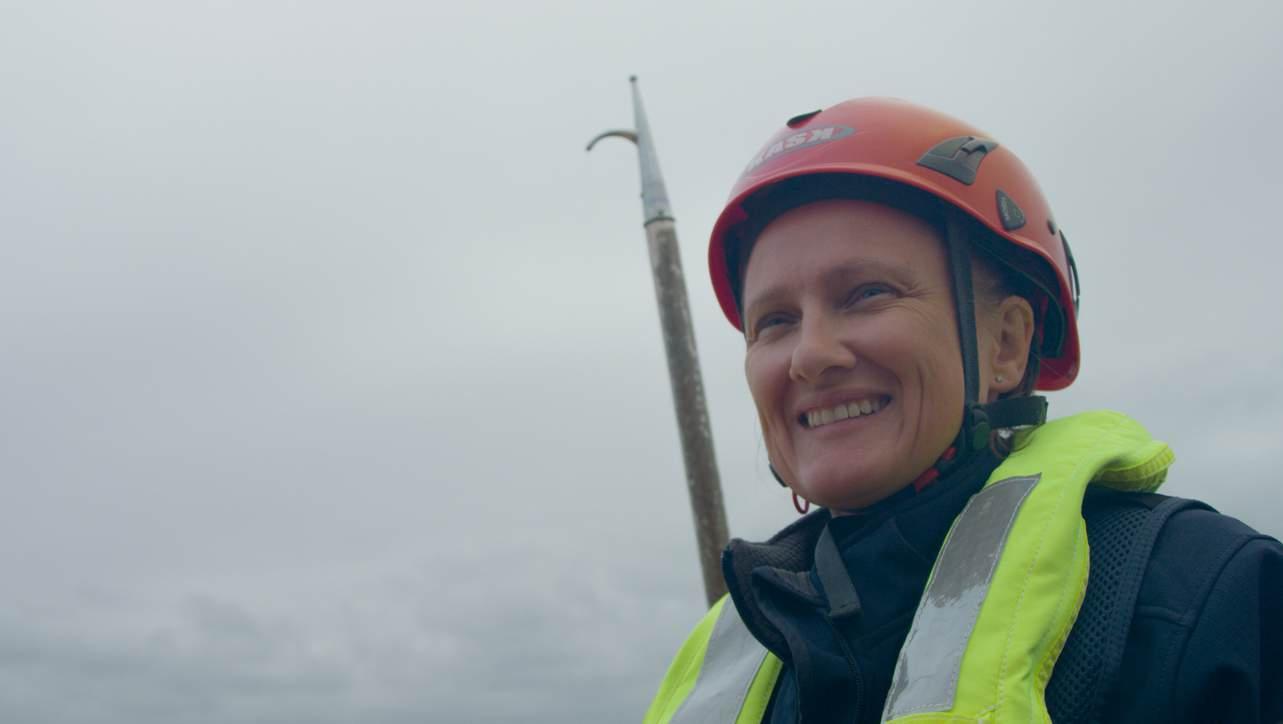
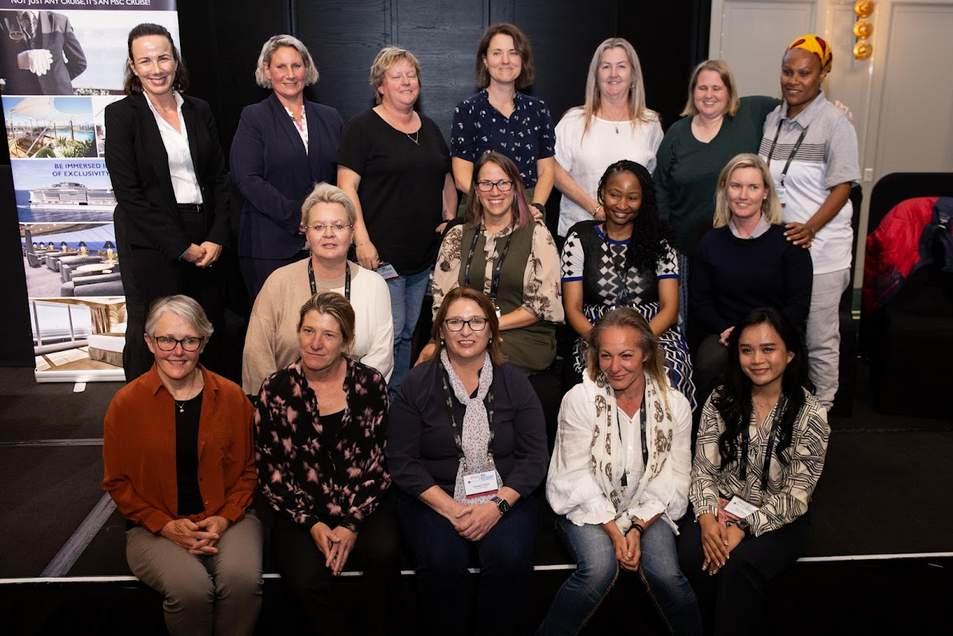
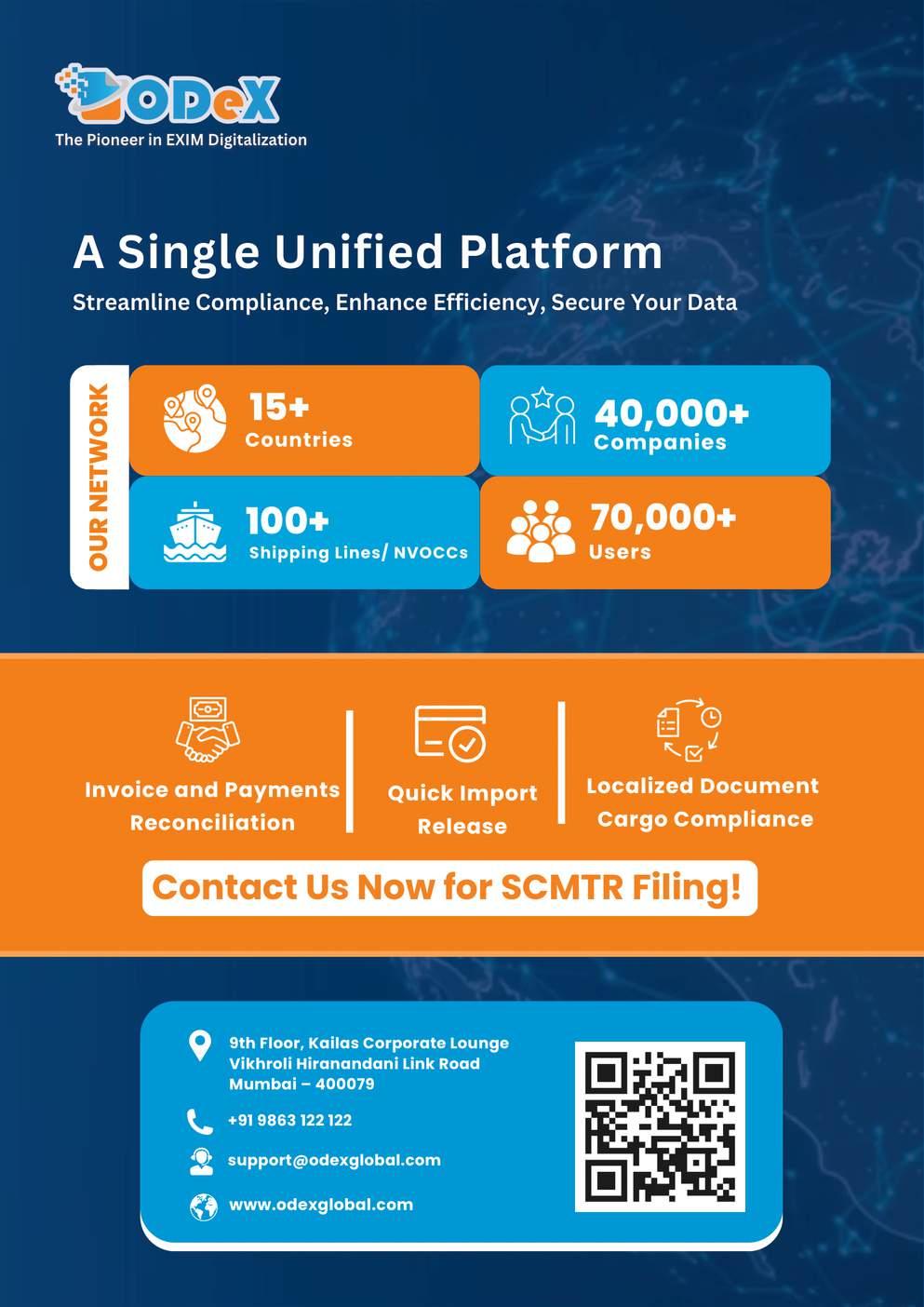


Gyorgyi Gurban Head, Projects Implementation - Department Of Partnerships And Projects, IMO
Can you tell us about your background and what led you to pursue your current role at the IMO?
With a background both in international law and environmental science, I have always been fascinated by international cooperation, especially in relation to marine, maritime & environmental issues. It gives me great joy to integrate these interests into my current role at the International Maritime Organization, a position that builds upon the expertise I developed in previous roles at the United Nations Environment Programme and the European Commission, where I focused on similar issues.
Who or what has been your biggest influence in your life?
My mother, who is a fiercely independent and capable woman, raised me alone since I was 6 years old after the sudden death of my father, while still managing to excel in her profession (and still is, at the age of 80 practicing as a paediatrician). She has taught me resilience and family values emphasizing the importance of deriving enjoyment from our work and striving for excellence, all while being

mindful of the well-being of those around us, both in our professional and personal lives.
Can you share a key moment in your career that significantly shaped who you are today?
During the Hungarian Presidency of the EU, I was asked to join as the Climate Change Attache for the team, chairing intensive Council Meetings, supporting ministerial consultations as well as complicated climate finance negotiations while having a supervisor who did not fully welcome my arrival into her team.
I had to work very long hours in a rather inhospitable internal office environment

to achieve consensus on politically and economically challenging GHG matters. This experience taught me a lot professionally but also helped me to grow as a person and to be more confident and resilient.
What are some of the challenges you’ve faced along the way, and how did you overcome them?
The negative sides of internal politics, including jealousy have unfortunately been present in all of my past working environments.
requires patience with a focus on the big, transformational goals to be achieved as a “long-distance runner” rather than a “sprinter”.
What do you consider your greatest achievement so far?
Making an impact on the ground. Successful delivery with a capable and growing team on various IMO technical cooperation projects, which have been providing long-term support to developing countries to implement IMO Conventions, to strengthen gender equality in the maritime industry and to make shipping more sustainable.
What is one lesson you learned from a failure?
To listen more to others, even if my first

reaction would be to disagree with them.
How do you see the maritime industry changing in the next few years? The industry is going to become more digital, more sustainable as well as more inclusive.
What advice would you give to someone looking to enter your field today?
Do not lose your idealism and your overall aim to make the maritime industry more sustainable and inclusive despite the administrative and financial burdens, as well as the realities of politics and day to day challenges, that may lead you to adopt a more critical perspective (but hopefully not cynical)
How do you manage work-life balance? I have been a great supporter and personally benefited from flexible working policies, which promote a healthier worklife balance.
This shift not only enhances individual well-being but also changes organizational focus from mere “visibility” to a greater emphasis on “productivity.”
While I often spend many evenings working at the computer to ensure prompt and high-quality execution of projects, this commitment allows me to enjoy a proper family dinner, engage in meaningful conversations around the dinner table, and tuck my children into bed.
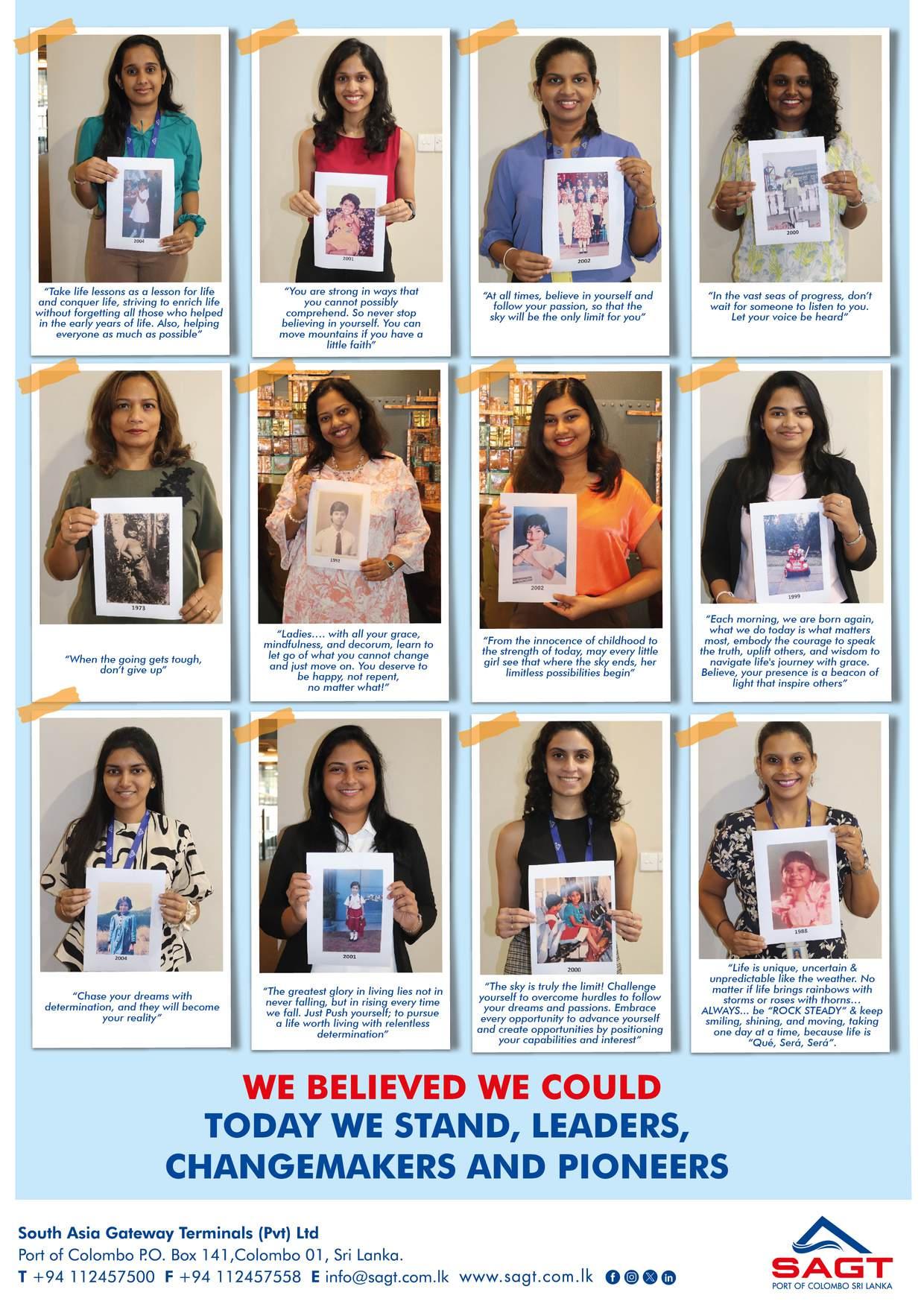


Angelica Borja di Filippo Facilitator, LACWIM BMW (and Maritime SheEO Ambassador)
In Panama City on July 11-12, the Latin America and Caribbean Women in Maritime Biofouling Management Workshop (LACWIM BMW), held a unique event, equipping women in maritime with practical biofouling management knowledge and leadership skills to drive positive industry change. In collaboration with Maritime SheEO Founder Sanjam, Angelica co-facilitated a Women Leadership workshop emphasizing the need to build networks, visibility, and personal branding.
My story with biofouling began when I read a post about a fishing crisis in the Mediterranean caused by the blue crab, a familiar crustacean to me, having been born and raised on the Caribbean Coast in Colombia.
Paradoxically, while this species is endangered in its native region due to human activities and ecosystem loss, it has become an invasive problem elsewhere due to biofouling on ships.
This situation struck me as unfair to the blue crab, which bears no responsibility for the economic and ecological damage it causes by merely being resilient.
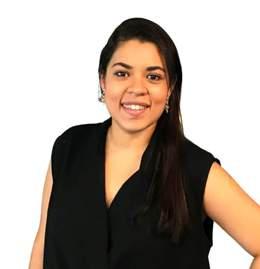
Biofouling is the accumulation of aquatic microorganisms, plants, algae, or animals (like the blue crab) on surfaces / structures exposed to seawater. These organisms can become invasive, or "aliens".
Once established, as with the blue crab in the Mediterranean, eradication is nearly impossible. Some suggest incorporating the blue crab into Mediterranean cuisine as a solution, but not all invasive species offer such benefits. Many cause significant health issues and economic losses, affecting offshore platforms, ports, marinas, and aquaculture
A critical reason for urgent biofouling management in the shipping industry is its impact on fuel consumption and emissions

Aquatic organisms on a ship's hull increase roughness, leading to higher hydrodynamic drag, which increases operational costs and extra greenhouse (GHG) gas emissions due to extra fuel burn required to maintain speed and contributing to climate change.
Climate change in exchange, exacerbates this issue by altering current patterns and warming waters, which many invasive species prefer, increasing the likelihood of biofouling and invasions.
Hull cleaning and propeller grooming are easy at dock, but maintaining a fuelefficient fleet requires proactive in-water cleaning, which presents the challenge of removing biofouling without releasing it into the marine environment
Therefore sustainable biofouling management contributes to achieving

Sustainable Development Goals (SDG) 14 (Life Below Water) and 13 (Climate Action).
The IMO Biofouling Guidelines (2023) complement the Ballast Water Management (BMW) efforts in preventing invasive aquatic species (IAS). The guidelines provide a consistent global approach to biofouling management and biosafety.
The IMO also assists nation states through projects like GloFouling, which supports countries in adopting the guidelines and raising biosafety standards, and the TEST Biofouling project, which demonstrates effective, environmentally sound biofouling management technologies.
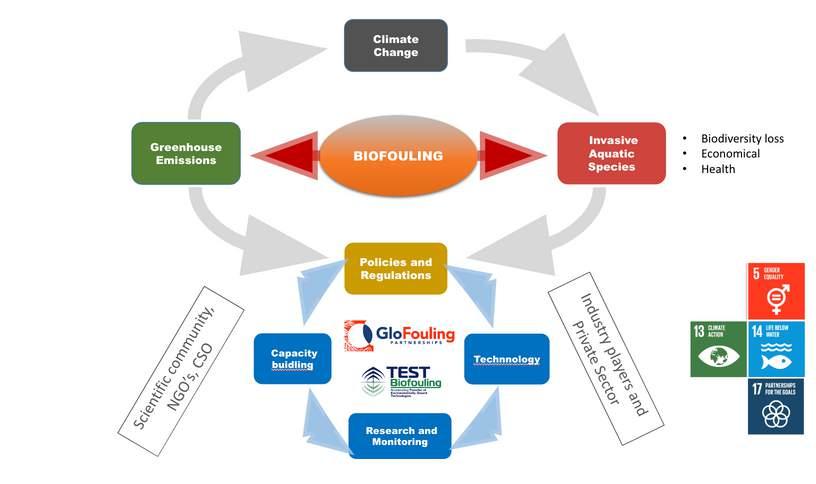

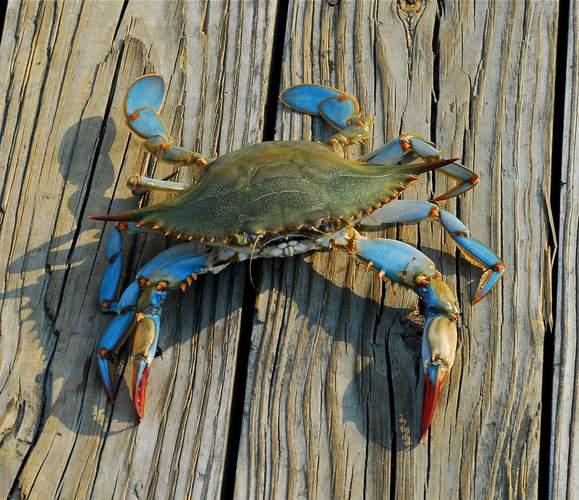
These projects involve collaboration with leading countries, scientific experts, regulators, and the Global Industry Alliance (GIA) for Marine Biosafety, raising awareness of biofouling impacts.
Although the guidelines are not mandatory, the IMO proactively prepares countries for a potential shift to mandatory status.

My story with biofouling culminated in Panama City on July 11-12, during the Latin America and Caribbean Women in Maritime Biofouling Management Workshop (LACWIM BMW). I co-facilitated a Women Leadership workshop with Maritime SheEO founder Sanjam Sahi Gupta, emphasizing the need to build networks, visibility, and personal branding.
LACWIM BMW equipped women in maritime with practical biofouling management knowledge and leadership skills to drive positive industry change. It also demonstrated the importance of enabling gender equality (SDG 5).
Biofouling management requires capacity, technology, and regulation for effective and sustainable solutions Biofouling needs us, women in maritime. Addressing a global challenge like biofouling management offers an opportunity for women to contribute their bright ideas and excel in solving one of the most complex shipping industry issues.
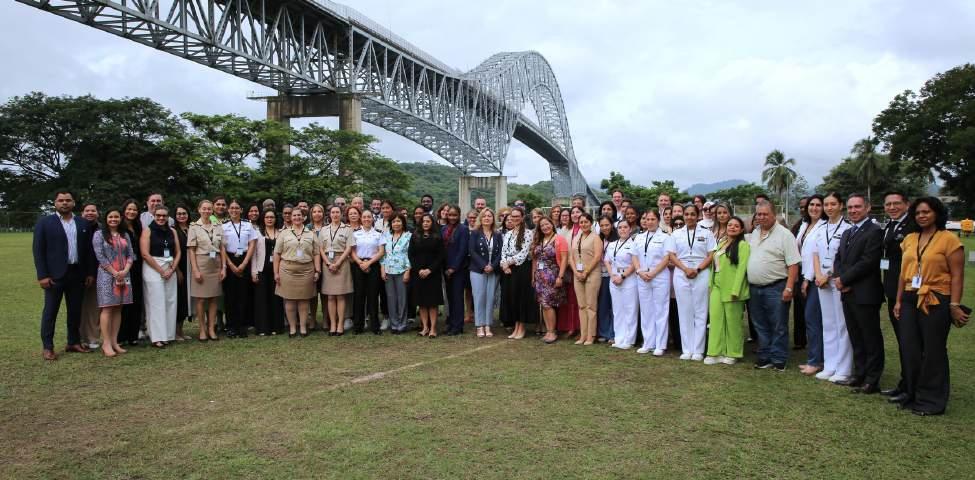
Join us virtually!
The Maritime SheEO Conference 2024 sees delegates from all around the world, hosts important conversations with industry leaders, and acknowledges and rewards individuals and companies who have been actively working on promoting diversity.
Attend insightful panels and sessions by industry leaders in maritime and allied industries.
Learn about cutting-edge innovations and career opportunities in the maritime sector.
Be inspired by real-life stories of women breaking barriers in maritime.
Enhance your understanding of global maritime challenges and solutions.
NOVEMBER 15 , 2024
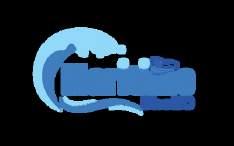
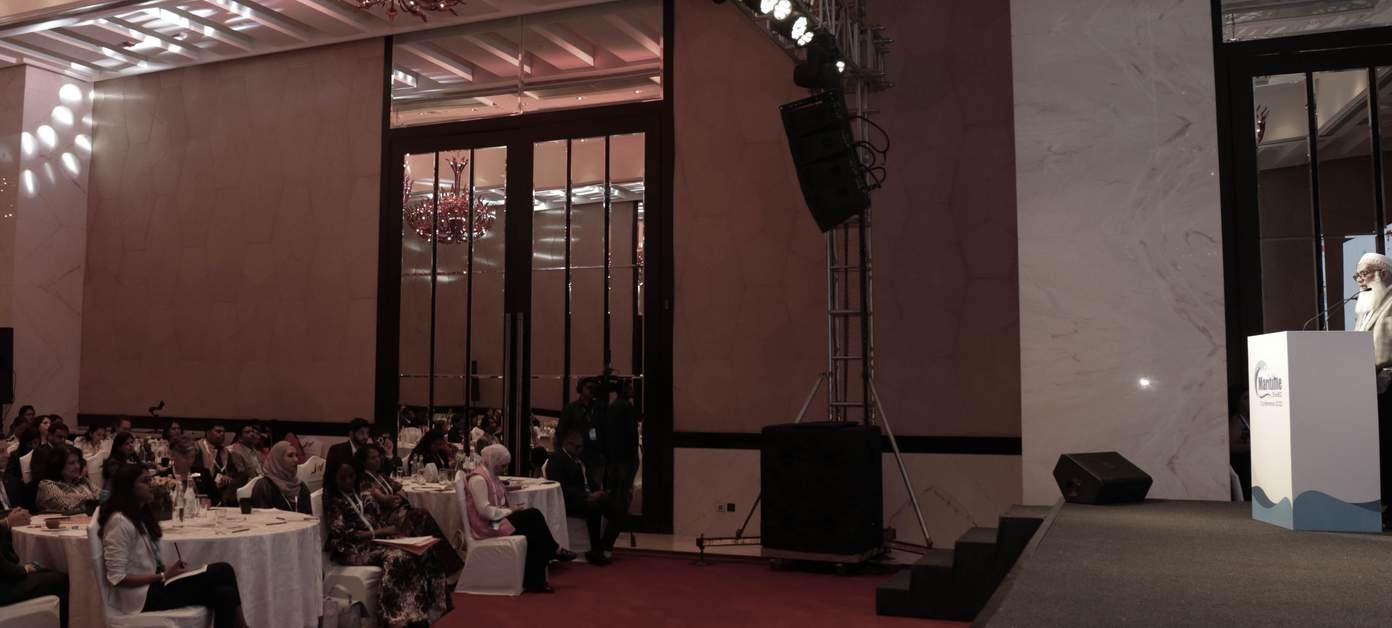

DHRUV KOTAK
MANAGING DIRECTOR AT JM BAXI
PROF. MAXIMO Q. MEJIA JR.
PRESIDENT AT WORLD MARITIME UNIVERSITY
NAFEESA MOLOOBHOY
MANAGING DIRECTOR AT A S MOLOOBHOY & CO
JILLIAN CARSON-JACKSON

Time
09:00 AM - 06:00PM IST
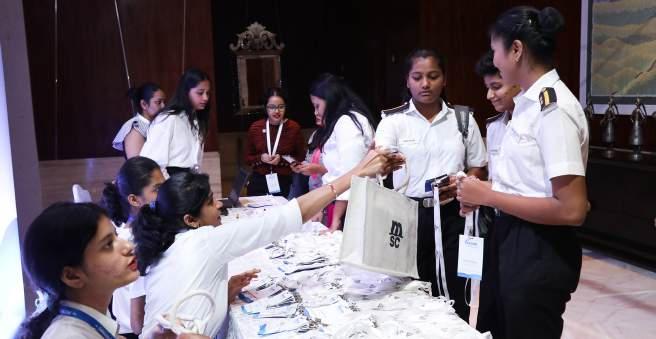

MANAGING DIRECTOR AT JCJ CONSULTING // PAST PRESIDENT AT THE NAUTICAL INSTITUTE
BIRGIT M. LIODDEN
FOUNDER & CEO AT THE OCEAN OPPORTUNITY LAB
RAMESH S RAMAKRISHNAN
CHAIRMAN AT TRANSWORLD GROUP
MANISHA THAKER
VICE PRESIDENT - BUSINESS DEVELOPMENT & OVERSEAS
NETWORK AT TRIALLIANCE GLOBAL SOLUTIONS (I) PVT LTD // LECTURER
Turn 15th November into a fullday for guest lecturers with guests from all over the world.



Federica Maiorano CCO, Spot Ship
As a maritime commentator focusing on digitalization, decarbonization, and commodities, what are the key trends and advancements you see shaping the future of the maritime industry in these areas?
The maritime industry is at a transformative crossroads, and several key trends are emerging that will shape its future. One of the most significant trends is digitalization, which is fundamentally changing how maritime businesses operate The adoption of advanced technologies such as artificial intelligence (AI), machine learning (ML), and big data analytics is enabling companies to optimise their operations, improve decision-making, and reduce costs. For instance, AI-driven predictive analytics can anticipate maintenance needs, while reducing downtime and enhancing vessel performance.
Additionally, blockchain technology is being used to increase transparency and efficiency in shipping transactions, reducing fraud and streamlining documentation.
We are seeing this not just in shipping; AI has rapidly reshaped almost every industry. We at Spot Ship recognized this and took the opportunity to use this amazing innovation as a tool for convenience and improvement in our industry, at a commercial level.

Decarbonization is another critical trend, driven by both regulatory pressures and growing environmental awareness. The International Maritime Organization (IMO) has set ambitious targets to reduce greenhouse gas emissions by 50% by 2050 compared to 2008 levels.
To achieve this, the industry is exploring alternative fuels such as liquefied natural gas (LNG), hydrogen, and ammonia, as well as investing in energy-efficient technologies like wind-assist propulsion and advanced hull designs. Companies are also experimenting with electrification and hybrid systems to minimise emissions.
In the commodities sector, there is a notable shift towards more sustainable

and resilient supply chains. The impact of global disruptions, such as the COVID-19 pandemic, has highlighted the need for more robust and transparent logistics structures. Digital tools are playing a crucial role in enhancing such visibility and traceability, allowing stakeholders to monitor the movement of goods and ensure compliance with environmental standards.
Overall, the convergence of digitalization, decarbonization, and commodities presents challenges and opportunities. The maritime industry is adapting to the ever-changing topography of the world industry by embracing innovation and sustainability through various policies.
Although this is not an easy feat as resources, time, energy, manpower, and research are needed, I believe that this is a very necessary undertaking in order for the industry to move forward. At Spot Ship, we are excited to be part of this transformation, leveraging technology to drive positive change and support our clients in navigating this dynamic landscape.
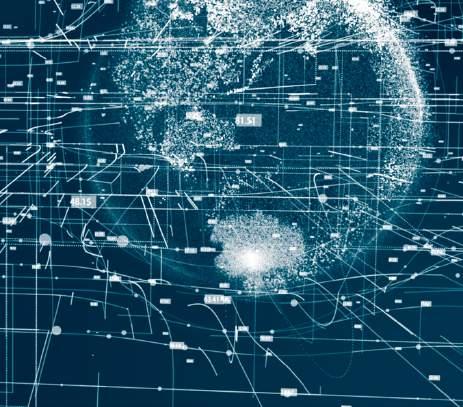

How does Spot Ship leverage digitalization and technology to optimise operations and enhance efficiencies in the shipping sector?
Spot Ship is at the forefront of digital innovation in the maritime industry, leveraging AI technology to transform the commercial processes within the maritime and enhance its tools to process vast amounts of data quickly and accurately, providing users with the insights they need to make informed decisions.
This ability to harness data at such a scale and speed is a gamechanger in an industry that has traditionally relied on mainly manual processes and fragmented information.
And as I mentioned earlier, we jumped on the AI ship at a pivotal point in time, allowing us to develop an edge in terms of product quality, and key experience and feedback on the innovation the market demanded.
Moreover, our technology supports a variety of other services and solutions, centralizing the task needed for a commercial role to complete its market analysis and fixing process. Spot Ship also offers rapid customization, allowing users to adjust preferences and request bespoke features to match their specific requirements.
This level of personalization ensures that each company receives the most relevant information, enhancing decision-making and outcomes for its clients.

In addition to operational efficiencies, Spot Ship prioritises data security and integrity. We employ robust measures to protect sensitive information, ensuring that our clients can trust the platform to handle their information securely. Ultimately, Spot Ship is revolutionising the shipping sector by leveraging digitalization and boosting efficiency, to reduce costs, and improve decisionmaking. Our commitment to innovation and customer-centric design positions us as a strong partner in the industry, empowering our customers to thrive in a rapidly evolving market
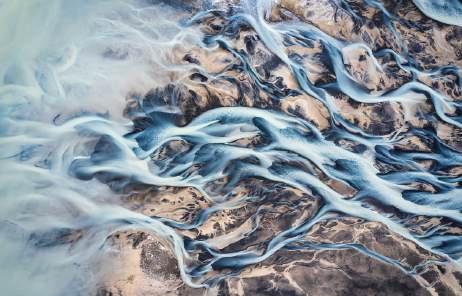
What strategies and initiatives do you implement at Spot Ship to contribute to decarbonization and sustainability within maritime?
We recognize the urgent need to address climate change and reduce environmental impact.
Our approach involves a combination of innovative technology, strategic partnerships, and industry collaboration to drive meaningful progress toward a greener future.

Our main angle is the optimization of vessel fixtures through data-driven insights. By quickly and accurately analysing vast amounts of data, commercial players are able to make informed decisions that enhance vessel selection, routing, economics and fuel efficiency - thereby reducing emissions.
Hence, by identifying the most efficient routes and optimal vessel utilisation, we help minimise fuel consumption, which is a significant contributor to greenhouse gas emissions in the shipping industry.
In addition to technological advancements, we are committed to fostering a culture of sustainability within our organisation and the broader maritime community
We participate in industry initiatives and forums focused on environmental stewardship, sharing best practices and advocating for policies that promote decarbonization.
We also encourage our clients to adopt eco-friendly practices by providing them with the tools and insights needed to make sustainable choices.
Education and awareness are critical components of our sustainability strategy. We regularly engage with stakeholders to raise awareness about the importance of sustainability and the role of technology in achieving environmental goals.
Through workshops, webinars, and industry events, we aim to inspire and empower others to take action toward a more sustainable future.


Could you shed light on your perspectives regarding the current challenges and opportunities in the commodities market?
The commodities market is currently navigating a complex landscape, with a range of challenges and opportunities shaping its future. One of the most pressing challenges is the volatility driven by geopolitical tensions, economic fluctuations, and supply chain disruptions.
Events such as trade wars, pandemics, and natural disasters can significantly impact the supply and demand dynamics of commodities, leading to price fluctuations and market uncertainty.
In shipping and maritime, these challenges are compounded by the need to comply with increasingly stringent environmental regulations. The push for decarbonization and sustainability is prompting the industry to explore

alternative fuels and invest in energyefficient technologies, which can entail significant upfront costs. Additionally, the shift towards more sustainable practices requires changes in infrastructure and operations, posing logistical and financial challenges for many companies.
Despite these challenges, there are numerous opportunities for growth and innovation in the commodities market. Digitalization is a key enabler, offering tools and technologies that enhance visibility, transparency, and efficiency across the supply chain By leveraging data analytics, blockchain, and AI, companies can gain insights into market trends and improve decision-making.
This digital transformation is creating a more agile and resilient commodities market, capable of adapting to changing conditions.
Sustainability is another area of opportunity, as there is a growing demand for eco-friendly commodities and practices.
Consumers and regulators are increasingly prioritizing sustainability, prompting companies to adopt greener solutions and reduce their environmental footprint. This shift presents opportunities for innovation in areas such as renewable energy, sustainable sourcing, and circular economy initiatives.
In the maritime sector, the focus on sustainability is driving investment in cleaner technologies and alternative fuels, positioning companies to capitalize on

emerging markets for low-carbon shipping solutions. Furthermore, the emphasis on transparency and traceability is fostering collaboration across the supply chain, enabling stakeholders to work together to address challenges and seize opportunities.
Lastly, what advice would you offer to aspiring professionals, especially women, seeking to make their mark in the maritime industry and contribute to positive change in ocean and energy sectors?
My advice is to be bold, passionate and solution-oriented.
The maritime sector is undergoing a significant transformation, driven by technological advancements and a growing emphasis on sustainability. This presents a unique opportunity for all genders, and women included, to contribute their skills, perspectives, and ideas to shape the future of the industry.
Firstly, it is important to build a strong foundation of knowledge and skills. Pursue education and training opportunities in relevant fields such as maritime studies, engineering, logistics, or environmental sciences.
Keep informed about industry trends and developments, and seek out opportunities to gain hands-on experience through internships, apprenticeships, or entry-level positions.

professional organizations, conferences, Continuous learning and professional development are key to staying competitive in a rapidly evolving industry
Networking is also crucial for career advancement. Connect with peers, mentors, and industry leaders through online platforms.
Building a strong network can provide valuable insights, guidance, and support as you navigate your career path. Don't be afraid to seek out mentors who can offer advice and encouragement, and be open to collaboration and learning from others. As women, we bring unique perspectives and strengths to any industry, and it's important to be very hands-on and leverage these qualities to drive positive change.
Don't shy away from leadership opportunities or challenging assignments. Instead, embrace them as chances to showcase your abilities and make a meaningful impact. Advocate for diversity and inclusion within your organization and the broader industry, recognizing that diverse teams are more innovative and effective.
In an industry mainly dominated by males, we women need to remember that we are also competent members of the industry, and that the chip on our shoulders should be used by us to our advantage to become the best versions of ourselves. It is imperative that we truly believe in our skills and capabilities, building strong selfconfidence
Ultimately, if we doubt ourselves on being able to achieve something, then we have already lost the match with our ambitions.
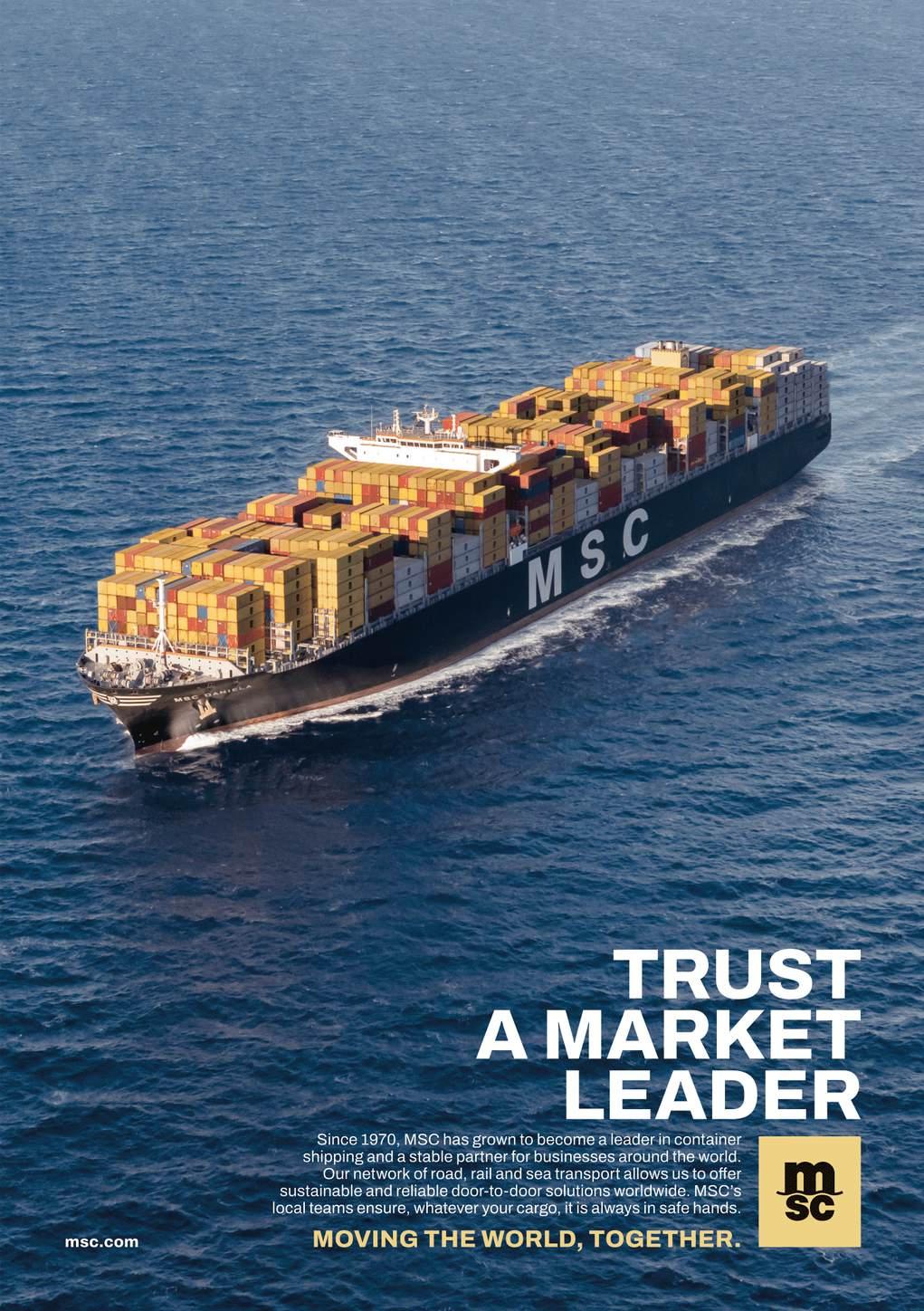


Saikirupa Mohan Indian Maritime University, Chennai
Upon the vast expanse of the unforgiving sea,
Sailors navigate with a blend of courage and vulnerability that few understand. Longing for the familiarity of solid ground, they yearn for a connection to the world left behind The heartache of separation from loved ones lingers in the salt-laden air, a constant companion in their solitary journey.
Sacrifices made in the name of duty and honor weigh heavy on their souls, a testament to their unwavering devotion to their calling.
Loyalty binds them to their comrades, forming bonds forged in the crucible of shared experiences and hardships endured together. Memories of simpler times and distant shores haunt their restless minds, mingling with the ache of nostalgia for what once was.
In the quiet solitude of the open sea, amidst the vastness of the horizon,
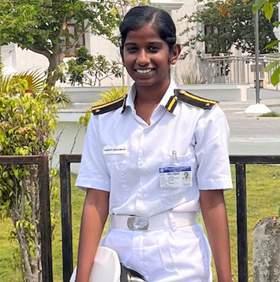
Sailors confront their innermost fears and doubts.
The courage required to face the perils of the deep is a silent pact with fate, a dance on the razor's edge between life and the abyss.
Loss and grief, silent companions on this solitary voyage, echo in the depths of their being, a sombre reminder of the fragility of existence.
Farewells whispered to the wind carry the weight of unspoken emotions, a silent tribute to the lives left behind.
In the maritime industry's unforgiving embrace, sailors find solace in the kinship of those who share their trials.
Each journey, each voyage, a testament to the resilience of the human spirit in the face of nature's relentless power


Munira Millwala
A land of independence is formed by interdependence, By ships sailing to and from ports of other countries, And when we don't have to worry too much about custom duties and fees.
Where international waters are protected like our own territorial seas, Be it from oil, warfare or debris.
Where ships can call at their port of choice, And load and unload goods and goodies
Never mind if it were a few or even a thousand tons, And where airspace is free to carry the smiles of our loved ones.
Where the colour of a passport is no reason to be shunned When negotiations take place and treaties are signed When we share a meal with a stranger or diplomat across formal dining tables, then we have truly dined Not only by ourselves as an individual, But as representative of our culture, our community.
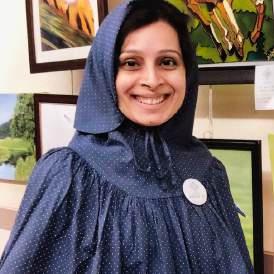
Each country in this world, is nothing but, one shade of humanity, To hold together our interdependence is our duty, When we find unity in diversity, Only then are we truly free.


Manisha Thaker Vice President Trialliance Global Solutions Exim Faculty and Corporate Trainer, WISTA member
World Maritime Day holds immense significance as it serves as a global platform for recognizing and celebrating the pivotal role of the maritime industry in connecting nations, facilitating international trade, and ensuring the world's prosperity.
In the vast expanse of the maritime industry, women are emerging as beacons of courage and resilience. Their ability to face the unpredictable seas mirrors their determination to overcome obstacles in a traditionally male-dominated field.
As we witness their inspiring journeys unfold, it becomes evident that more women must heed the call of the ocean and pursue careers in maritime. By embracing this challenging yet rewarding profession, women can not only chart their own course to success but also inspire countless others to navigate uncharted waters with confidence and conviction.
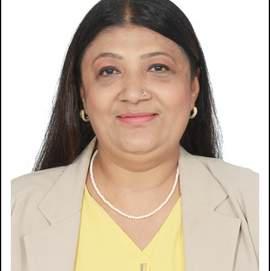
India's strategic geographical location along the Arabian Sea presents a myriad of opportunities for its booming maritime sector. With a vast coastline spanning over 7,500 kilometers, India's maritime potential is immense.
The Arabian Sea serves as a gateway to global trade routes, offering India access to vital shipping lanes connecting major markets across the Middle East, Africa, and beyond.

As India continues to harness the potential of the Arabian Sea and its maritime resources, the future holds immense promise for further expansion and prosperity. By leveraging its strategic advantages and fostering collaboration with regional and international partners, India is poised to emerge as a dominant force in the global maritime landscape, driving economic growth and prosperity for years to come.
The truth is, women can do anything they put their minds to. So, maritime and logistics is a great career choice for women. There are numerous possibilities for women of all educational backgrounds and with a wide range of skills.
I strongly encourage women to join the maritime and logistic industry and pursue Maritime careers that offer diverse opportunities for growth and advancement.

Merchant Navy Officers, Maritime cadets, Marine engineers, Pilots, Navy officers, Maritime training and education are just a few examples of maritime career options where women can realistically climb the career ladder through courage, experience, continuous learning, and professional development.
After dedicating more than two decades to the logistics industry, I take immense pride in the journey I've traversed. Each day, I bring my utmost commitment and dedication to every task, confident in the value I contribute.
Proudly identifying as a woman in logistics, I carry the torch of my experiences with honour and resilience.
My journey has been a testament to the limitless possibilities within this dynamic field, and the glory of my professional voyage continues to unfold with every challenge conquered and milestone achieved.
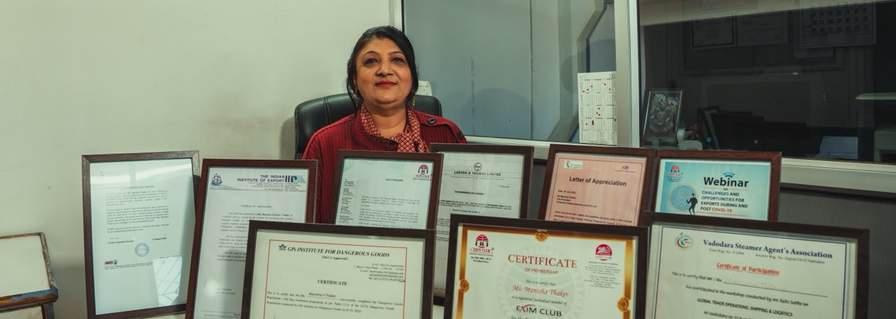


Patricia Velasquez Commercial Director & Deputy Registrar Of Ships, Panama
What inspired you to pursue a career in the maritime industry, and what motivates you to excel in this field?
My inspiration to pursue a career in the maritime industry stems from my father, Captain Velasquez, a Master Mariner.
From a young age, I was captivated by the world of ships and the maritime environment, thanks to the visits to vessels and maritime events with him. Growing up in this environment, I developed a profound fascination for the maritime field.
The journey hasn’t been without its challenges, but my family’s nearly 30-year legacy in the industry has provided a strong foundation.
Today, I co-manage our family business along with my sister. Working together, we not only support each other professionally but also explore innovative ideas and solutions for our clients. Our close relationship allows us to complement each other’s strengths and pursue our shared passion for shipping effectively.

This blend of family heritage, personal dedication, and collaborative effort continually motivates me to excel in the maritime industry.
What gender-based challenges have you faced in your career, and how have you overcome them?
As a woman working in a traditionally male-dominated industry, I’ve faced several challenges throughout my career. One of the main challenges has been navigating a field where women are underrepresented and often underestimated.

However, my perseverance and eagerness to learn have been crucial in overcoming these obstacles.
I’ve approached each challenge with a commitment to continuous improvement and a willingness to prove my capabilities through hard work and dedication. By focusing on my strengths and staying determined, I’ve been able to demonstrate my competence and earn respect from colleagues and industry peers.
Additionally, I’ve actively sought out mentors and support networks that have provided guidance and encouragement. Building these relationships has been instrumental in overcoming barriers and advancing in my career.
Embracing opportunities for professional development and staying open to new learning experiences has also helped me adapt and thrive in this dynamic industry.
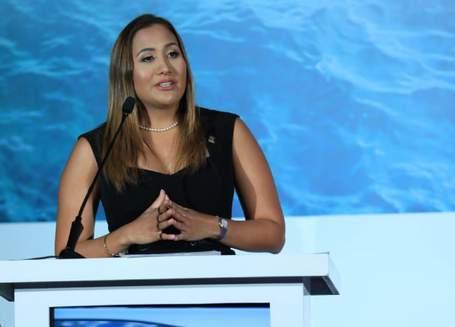

These strategies have not only helped me navigate the challenges but also contributed to my growth and success in the maritime sector.
Can you share a particularly rewarding or memorable experience from your time in the maritime sector that has shaped your approach to your work?
One of the most rewarding experiences in my maritime career was becoming the first woman to serve as President of the Panama Chamber of Shipping.
Established in 1979, this association represents over 200 companies across the maritime, ports, and logistics sectors.
During my presidency, I achieved several key milestones I played a pivotal role in bridging the gap between the private sector and government institutions, facilitating cooperation agreements, and establishing ten working committees to ensure effective sector representation
Additionally, I participated in international conferences, introduced the Panama Maritime Vision document, and launched Entre Mares, a magazine dedicated to educating children about environmental protection, particularly concerning sea.
This role marked a significant advancement for women in the industry, inspiring many to pursue similar paths. In 2019, I also reactivated the dormant WISTA Panama and, within a year of its relaunch, along with the board teams successfully hosted the second WISTA of the Americas conference.

These accomplishments have been profoundly fulfilling and have reinforced my commitment to advancing the maritime sector and fostering greater inclusivity.
How do you see the role of women evolving in maritime, and what do you believe are the key factors needed to encourage more gender diversity and inclusivity within the industry? The role of women in the maritime industry is evolving positively, though there is still much progress to be made. Historically, the maritime sector has been male-dominated, but an increasing


number of women are now stepping into leadership and technical roles, showcasing their capabilities and contributing significantly to the field.
To further encourage gender diversity and inclusivity, several key factors are essential: Opportunities and Equal Access: As long as individuals are capable and willing to contribute, they should be given equal opportunities to excel in the industry, regardless of gender. This means ensuring that recruitment, training, and advancement processes are fair and unbiased. 1.
Mentorship and Support Networks: Establishing mentorship programs and support networks specifically for women can help them navigate their careers, build confidence, and connect with role models and allies in the industry.
Awareness and Education: Promoting awareness about the contributions of women in maritime through education and outreach can challenge stereotypes and inspire the next generation of women professionals. 3.
4.
Inclusive Policies and Practices: Organizations should implement policies that foster an inclusive environment, such as flexible working arrangements, family support, and zero tolerance for discrimination and harassment.
Celebrating Achievements:
Recognizing and celebrating the achievements of women in the maritime industry can provide role models and encourage others to pursue careers in this field. 5.


Looking to the future, what are your goals and aspirations within the maritime industry, and how do you hope to impact and contribute to its continued development and progress?
Looking to the future, my primary goal is to remain open to new opportunities and challenges while fostering collaborative partnerships that will enable me to continue growing and contributing to the maritime industry. My overarching ambition is to make a meaningful impact that not only advances my organization but also drives broader progress within the industry. By actively seeking and embracing new challenges, I aim to play a pivotal role in shaping the future of maritime and driving positive change.



Marta Esther Aparicio Director of the DGRPN
The Directorate of Public Ship Registry (DGRPN) of the Panama Maritime Authority (AMP) plays a crucial role in the international maritime landscape. Its focus on digitalization and service excellence makes it a global benchmark in ship registration.
Below is an interview with Marta Aparicio, the director of the DGRPN, where she highlights the achievements, advancements, and future of this important Directorate. Marta Aparicio is the first woman to lead this Directorate in the history of the Maritime Authority of Panama.
Why is the Directorate of Public Ship Registry fundamental?
It is one of the operational Directorates of the AMP. It is a fundamental pillar for the flagging of ships in Panama and contributes to Panama's positioning as a leader in the maritime industry.
Its main function is the registration of property titles, mortgages, and other liens related to ships of the National Merchant Marine.
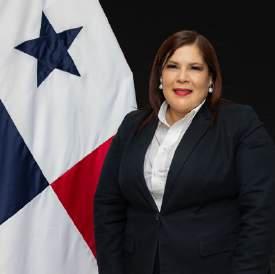
Let’s talk about big ships!
In our directorate, we handle property registration Since 2010, we have been part of the structure of the Panama Maritime Authority (AMP), thanks to Law 33 of 30th June of that same year.
Our work has become a fundamental pillar of the AMP. For this reason, we offer uninterrupted service 24 hours a day, 7 days a week. This way, we fulfill the international commitments that endorse us while also providing the best attention to our users.
How has this digitalization impacted efficiency and customer service?
By using specific emails, a team of

specialized professionals will provide immediate responses to all our users, at any time of the day
How many ships are currently registered in Panama, and how has this number evolved over the past year?
We maintain an updated census of all ships registered under the Panamanian flag. The Panamanian registry has 8,606 ships, representing more than 247.7 million GTs, according to the international platform IHS Markit.
Additionally, Panama flags 15% of the world's tonnage, as noted in the “World Fleet Monitor” report published at the end of June 2024 by Clarkson Research.
Is Panama still attractive for ship registration?
Of course, we remain number one in flagging In our directorate, we closed last year with about 6,480 electronic submissions as part of our digitalization process.
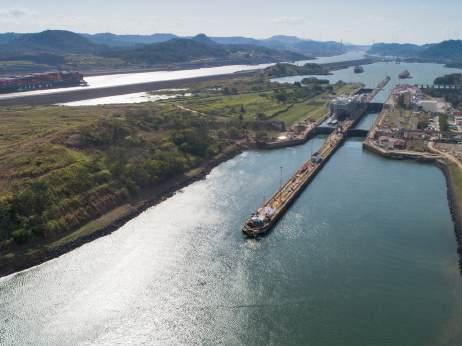

What are the parameters for registering a ship in Panama?
Law 57 establishes the requirements for registering a ship in our registry.
What are the biggest challenges for the Panama Ship Registry?
Amid growing competition, the Panama Ship Registry must position itself as a leader in innovation and customer service.
To achieve this, we need to strengthen our relationship with shipowners through more continuous and personalized communication.
The adoption of cutting-edge technologies will optimize our processes and ensure transparency. Additionally, continuous training of our team and rigorous fleet monitoring are essential to maintain the highest standards of quality and safety.
What would you like shipowners to know about the advantages of registering with AMP?
The Panama Ship Registry stands out for its top-tier legal security. Backed by a solid state, the Registry offers a robust and reliable legal framework for naval mortgages, providing the peace of mind that any shipowner needs
The registry has attractive economic


advantages for newly constructed ships, eco-friendly technologies, and business groups.
In which direction should the Panama Ship Registry focus its attention?
To consolidate Panama's leadership in the maritime sector, it is essential to innovate in the services offered to our international users. This involves diversifying our portfolio, strengthening international cooperation, and, above all, implementing business intelligence strategies that allow us to attract the world's most demanding shipowners.
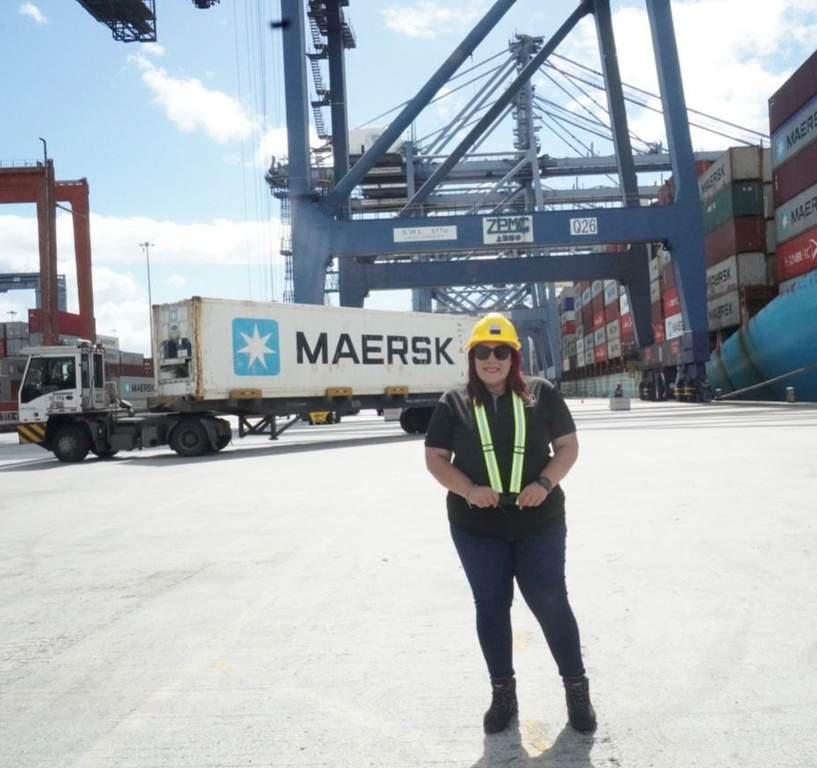
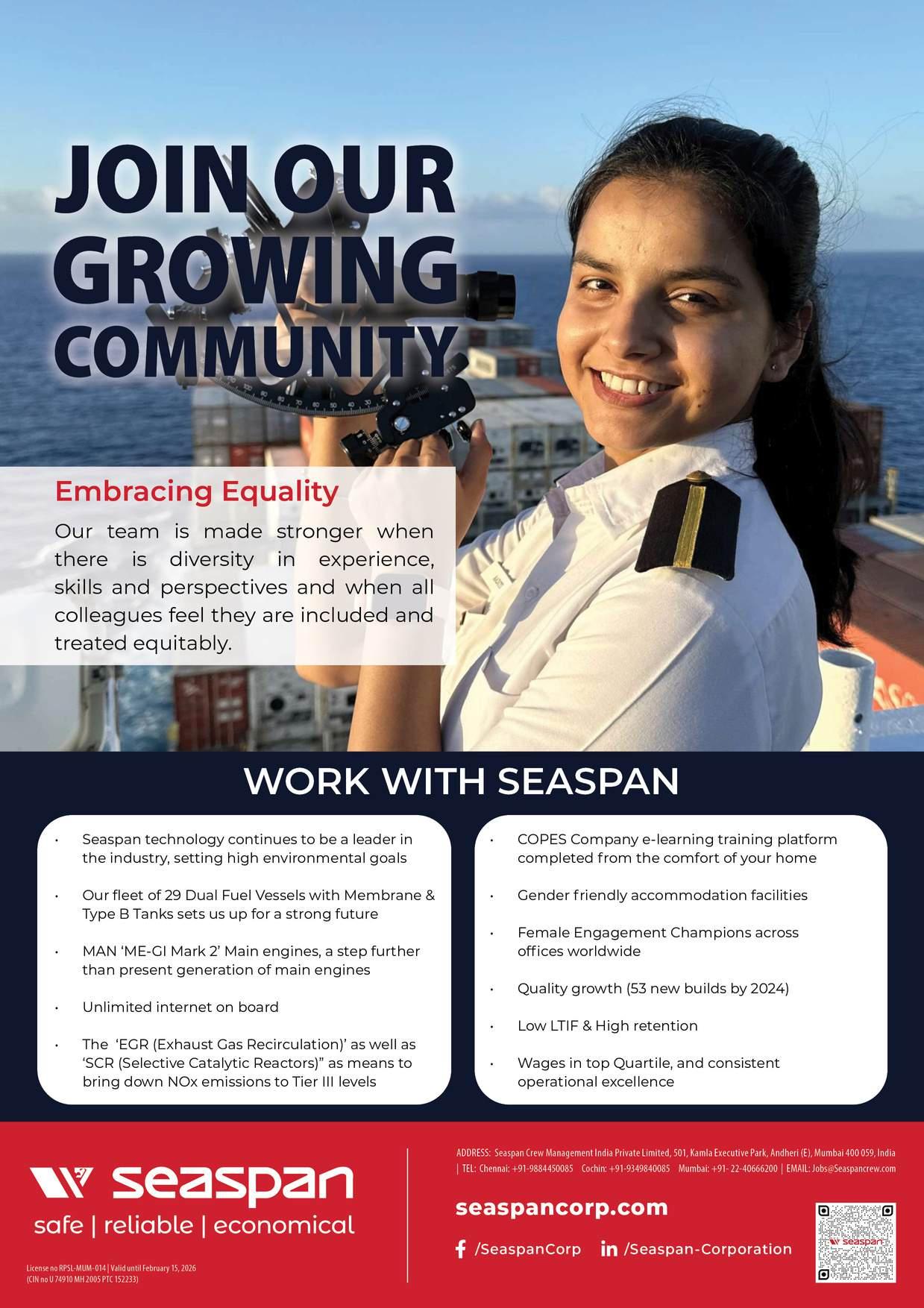


Dr. Joanna Eugenia Bakouni Learning & Development Manager (Maritime), Maersk Training
When the maritime industry embarked on a difficult yet necessary journey to achieve decarbonisation, most of the focus was on technology and new fuels such as hydrogen, ammonia and methanol.
As important as these innovations are for our effort to reduce harm to the environment, I realized there was even a more profound aspect to change, that of people.
Coming from an HR background and being an advocate for people development, I have come to realize that regardless of the type of organizational change that is being implemented; technological, systematic or otherwise, success in the change process mainly radiates on how well the change management strategy positions the human element.
This is particularly true for the maritime industry, transitioning toward greener practices means more than simply adopting new tools and procedures – it means developing a ready, willing, and able workforce.
Without this focus, even the best
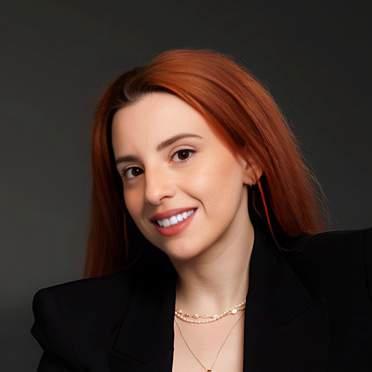
technologies available could produce suboptimal results which are not what is needed.
The same goes for alternative fuels, of which their introduction to the maritime industry presents several challenges. These new types of fuel require more than just a technical understanding; they demand a deep knowledge of safety protocols, operational shifts, and their broader environmental implications.
It’s easy to get caught up in the technical side of things teaching seafarers the mechanics of handling methanol, hydrogen or ammonia, for example but we can’t lose sight of the bigger picture. This is where a cultural shift within the industry becomes crucial.

It is not enough to simply mandate new practices; we need to foster a mindset that embraces sustainability as a core value
One thing that people always tend to oppose is change and especially when it is being made in an industry that is very much conservative such as the maritime industry. That I have witnessed personally: when changes come to disrupt the order and the established patterns that stem from established routines, the responses are bound to be negative.
The maritime industry is embedded in traditions and for numerous, it is not merely a profession, it is a way of life.

This is a resistance that is not to be taken lightly. That is why it has to be approached with a fine line to pay reverence to the well-established culture of the industry as well as work on the way of correcting it and making it much more sustainable in the long run.
Again, I see it especially as a matter of understanding and discussion. We must also listen to the fears of those who would appear to be threatened by such progressive changes and involve them in the decision making.
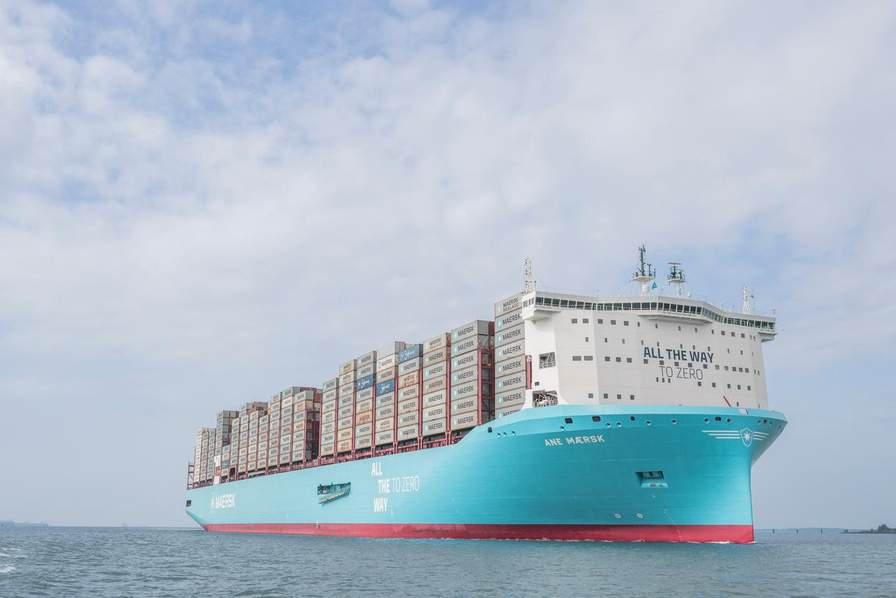




While searching for powerful images of women at sea, we came across both inaccurate stock images, as well as marginally realistic AI-Generated images. The question arises as to why we do not have enough photos of women at sea?
Hence we decided to invite folks to participate in our photo contest celebrating women in leadership roles at Sea. Capture the essence of women leadership at sea and share their perspective with us.
Theme: Photographs should reflect the theme "Women Can Be Leaders at Sea!" and depict women in leadership positions on ships.
The voting was done by a few members of The Maritime SheEO Community.

Mercy is a Marine Engineer with more than 10 years of experience in the maritime industry which includes five years of study at the Academy culminating in a Cadetship that provided hands on experience aboard ships and mechanical workshops. In 2021, she earned her License as an Engineering Officer of the Watch, thus showcasing her professional growth and expertise in the field.
Winning Photo Description: Mercy changing Auxiliary Generator Fuel filters. This involves replacing the filters with new ones at certain running hours to ensure the engine maintains consumption of clean fuel for operation.
Why was this a favourite photograph?

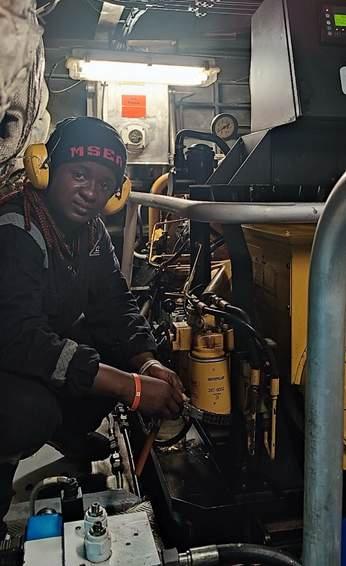
This was a great example of leadership. With 10 years of experience, she is still not afraid to get her hands dirty and show others the ropes.
Peace Moulders is a 4th Engineer onboard an NLNG fleet vessel. In 2022 she was selected as “Cadet of the Year” at the Seafarer’s Awards, Nigeria. She is very passionate, dedicated and a great team player. She believes strongly in investing in the future of maritime
Photo Description: Woman Torch in Maritime. How often do you come across women marine engineers? Not often right? Here is Peace Moulders a women marine engineer demonstrating leadership and expertise as she mentors a cadet, sharing her knowledge and experience.



(cntd.) With a firm yet approachable attitude, she guides cadet Apala through engine room operations and troubleshooting. She demonstrates strong problemsolving skills and confidence, inspiring young cadets to pursue a career in marine engineering This brings to the fore the power of woman leadership and talent in the maritime industry, challenging stereotypes, shaping a more inclusive future, and paving the way for future marine engineers.
Why was this photograph liked? It captured perfect mentorship towards young cadet - the definition of a true leader.
Lori Stephens is a 3rd Officer onboard “Logos Hope” where she also serves as the Training and Safety Officer. She loves engaging with maritime schools in the countries she visits and is the company's Cadet Coordinator.
Photo Description: Coming alongside the berth giving winch commands to the mooring operation team.
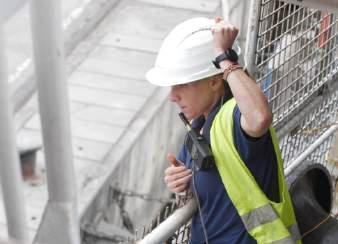
Why was this photograph liked? It showed true leadership while keeping safety in mind.
Runner Ups (in no particular order): Romeeta Bundela, Ivana Kulkarni, Dorcas Jonah, Precious Sunday, Mariam Chuks, Chaitali Thali, and Rosemary.

Rohith Agarwal (Guideship Consulting Services) submitted a unique photo that deserves to be highlighted. He is a passionate advocate for maritime safety and sustainability, and currently works within the ship recycling industry. He says, “my daughter’s interest in ships inspires me to believe in a future where women are prominent leaders at sea.”
This photograph captures my 4-year-old daughter during her visit to a ship recycling yard in Alang. Donning a hard hat, she stands confidently in front of a massive ship, symbolizing the potential of young girls to become leaders at sea. This visit is her first step in understanding the maritime world, reflecting the hope that women can, and should, be leaders in this industry.
Why was this photograph liked? We love it when parents show young girls career paths in maritime. We love how this little girl’s father has probably taken this photo to capture her love for life at sea. We hope that she keeps this photo in her wallet 20 years from now when she sails.


